The South of France is a vast area that stretches from the fringes of the Atlantic Ocean and the northern flank of the Pyrenees mountain range to the shores of the Mediterranean Sea and the Alps. Encompassing parts of three French regions (Nouvelle-Aquitaine, Occitanie and Provence-Alpes-Côte d’Azur), the south of France offers countless places to explore and enjoy. Even after numerous trips to different parts of all three regions, I feel like I’ve only scratched the surface. When most people think of the south of France, Provence and Côte d’Azur spring to mind. When planning this southern France road trip route from Toulouse to Marseille, I chose a mix of lesser-known and popular places in the French Pyrenees, the Mediterranean coast and its hinterland.
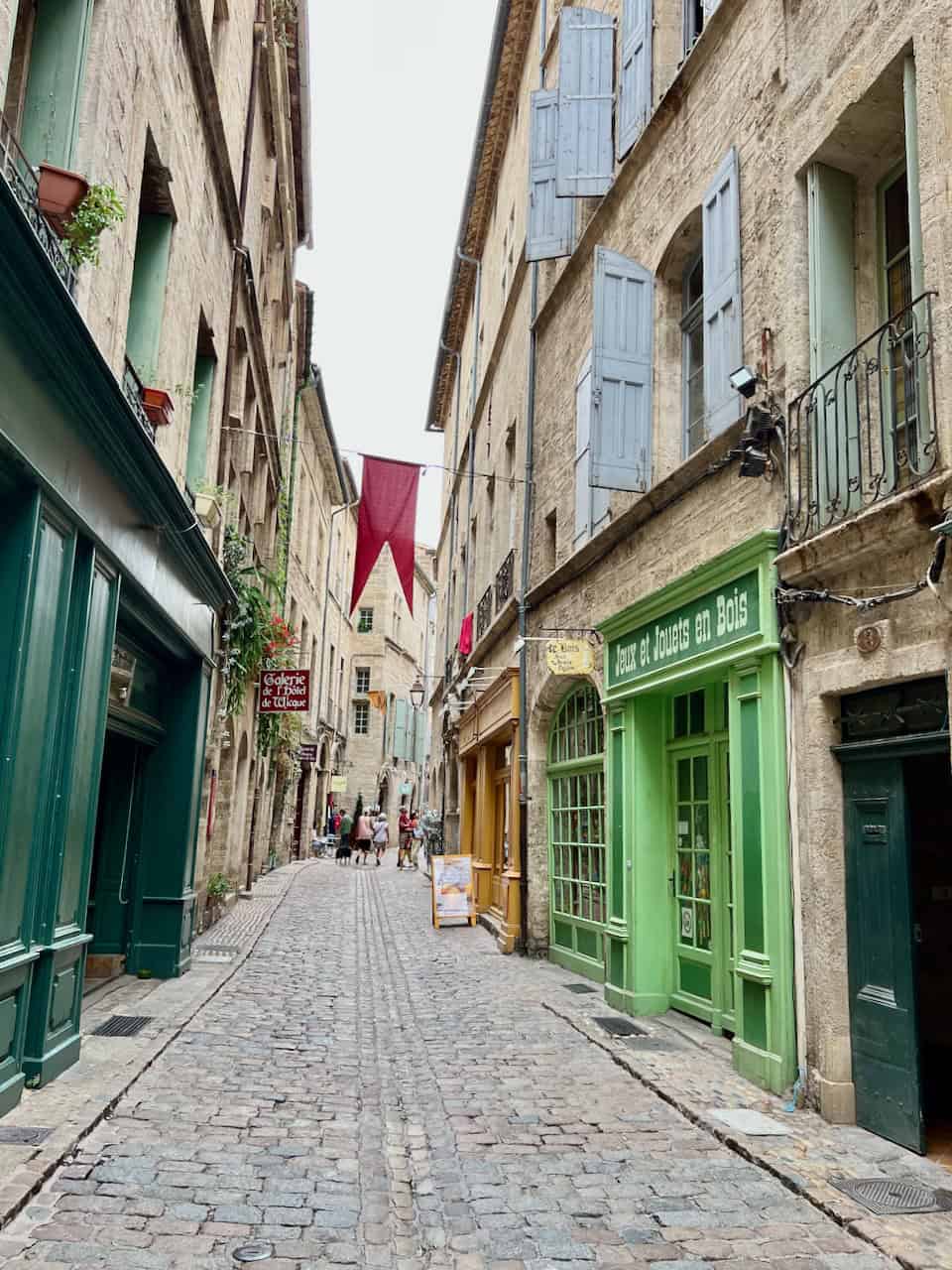
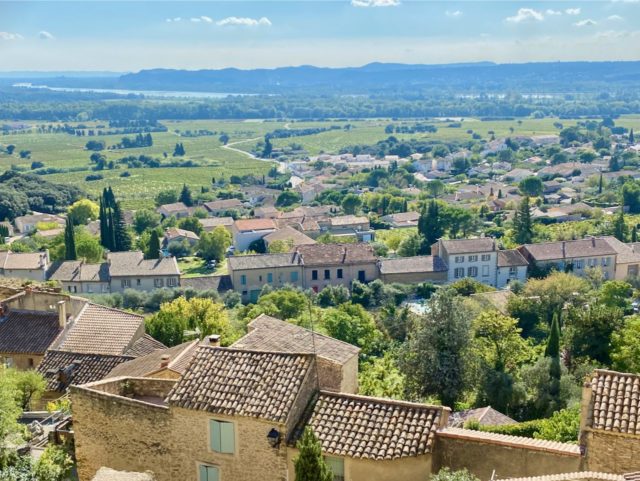
South of France road trip route
This route from Toulouse to Marseille covers parts of two regions, Occitanie and western Provence. I chose these two cities as start and end points as they both have international airports and excellent high-speed train connections to Paris and beyond. The route includes charming villages and castles in the French Pyrenees, the oldest towns in France, fascinating cities like Toulouse, Montpellier and Avignon, impressive walled towns such as Carcassonne and Aigues-Mortes, nature parks, wineries, historic attractions and beaches. I picked up my rental car in Toulouse and dropped it off at the airport in Marseille.
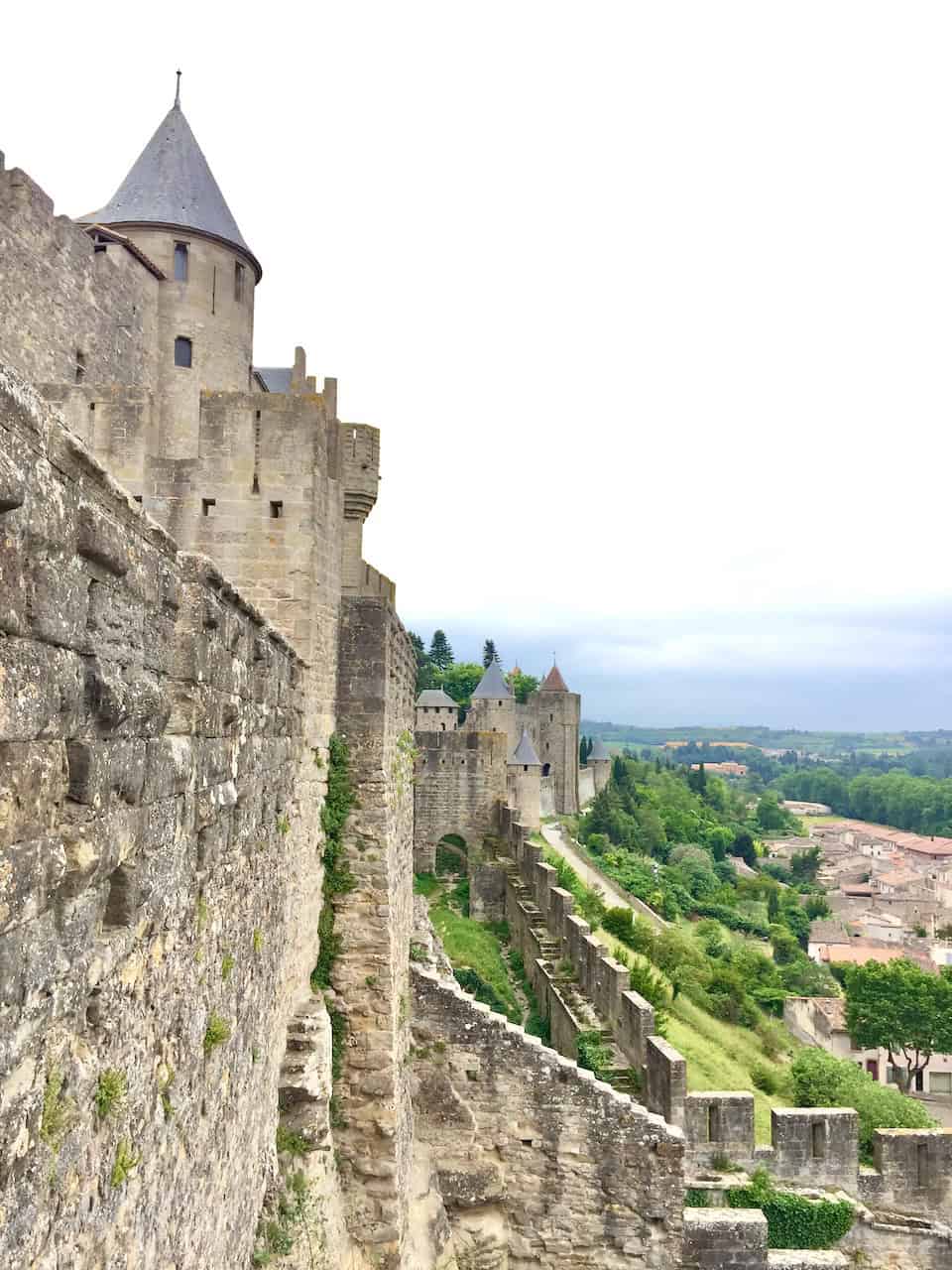
This road trip crosses large parts of the Languedoc-Roussillon wine region, one of France’s largest wine-producing areas by vineyard surface area. Though not as famous as other wine regions in France, it’s one of my favourites as the wines are simply sublime yet (still) reasonably priced.
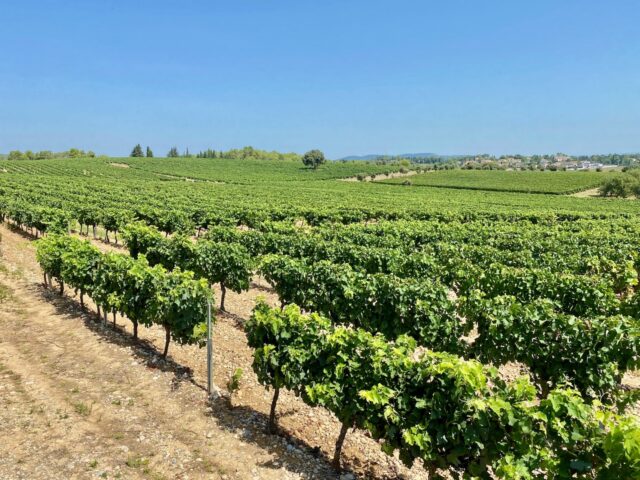
My South of France road trip guide is by no means comprehensive but rather all the places I visited and truly enjoyed.
How much time would I need for this South of France road trip?
I recommend at least ten days to give yourself time to enjoy these beautiful places in the south of France. Scroll down to the end of this guide to find my suggested 15-day self-drive itinerary.
When is the best time for a South of France road trip?
My favourite time of the year to visit the south of France is between May and early-July, when temperatures are more agreeable and there are fewer crowds. September is also a good month for a road trip. July-August are the hottest yet busiest months of the year, and the priciest.
This South of France road trip guide contains links to three services I often use myself and can recommend: Skyscanner (for flights), Booking.com (for hotel bookings), Rentalcars.com (for car hire) and GetYourGuide (for easy-to-book tours). If you make a booking via one of these services, I will receive a small commission (at no extra cost to you). These commissions help me to maintain my blog, cover my travel expenses and share these experiences with you.
Occitanie
Toulouse
This road trip kicks off in Toulouse, the capital of the region of Occitanie and France’s fourth-largest city. Toulouse is often called the ‘pink city’ (La Ville Rose) due to the extensive use of pinkish bricks in the old town. Founded by the Romans on the banks of the Garonne River, Toulouse is these days a major centre for the European aerospace industry (Airbus has its HQ here) and boasts three UNESCO World Heritage sites: Canal du Midi (a 17th century canal that links Toulouse with Sète on the Mediterranean coast), Basilica of St. Sernin (the largest Romanesque building in Europe) and Hôtel-Dieu Saint-Jacques (a 12th century hospital that’s an important site on the Santiago de Compostela pilgrimage route). Toulouse is also famous for its cuisine, something you’ll soon discover at the city’s markets and restaurants.
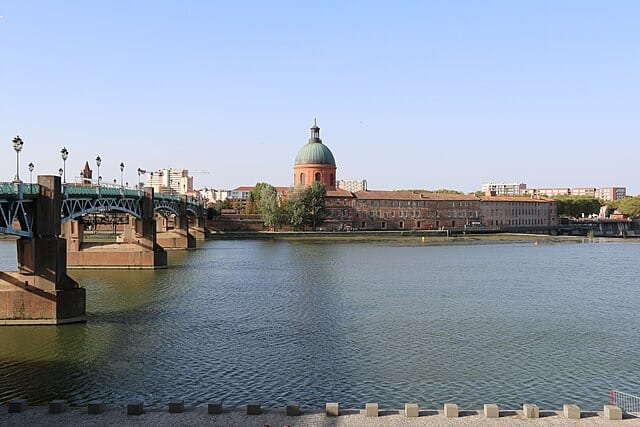
There are many things to do in Toulouse, but if you only have 1-2 days to spare, here are the highlights which can be covered in a day:
- Admire the stunning Romanesque architecture of Basilica of St. Sernin
- Visit the Gothic-style Couvent des Jacobins
- Wander around the vibrant Place du Capitole, the heart of the city with the City Hall and Opera
- Browse around Marché Victor Hugo (Victor Hugo market)
- Stroll along the Garonne River (Pont Neuf to Pont St.-Pierre)
- Join a food tour
- Indulge in a Toulouse-style cassoulet (bean stew casserole with pork)
- Join a wine-tasting workshop at one of the best wine bars in the world
I suggest spending 1-3 days in Toulouse before picking up a rental car (if needed) for this road trip. Search for accommodations in Toulouse.
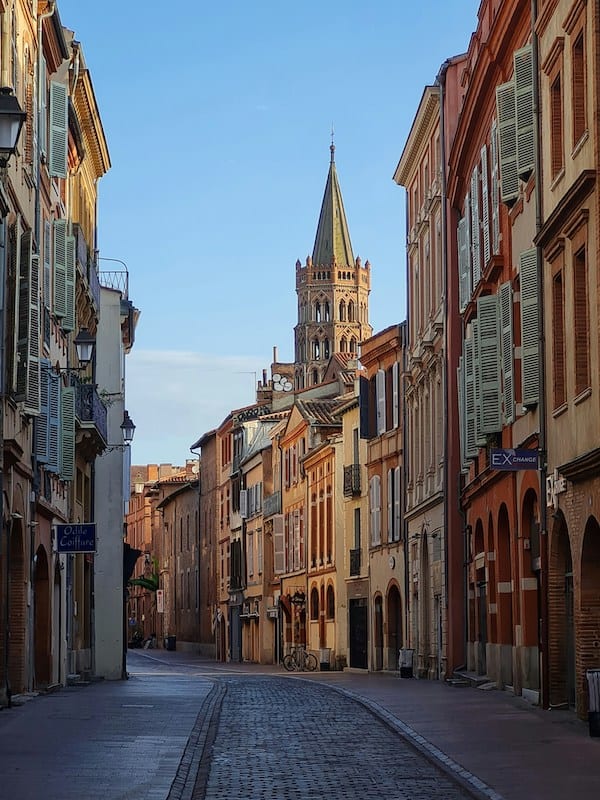
Canal du Midi: from Toulouse to Étang de Thau
The Canal du Midi is an architectural marvel that connects the Atlantic Ocean to the Mediterranean Sea. It starts in Toulouse and ends in the massive Étang de Thau lagoon on the Mediterranean coast. Designed by Pierre-Paul Riquet, the canal was constructed between 1666 to 1681 by 12,000 men. Whilst it was an important trade route in the past, these days, it’s used mainly for leisure. Visitors can hire boats, hotel-barges, or rent bikes and make their way along the canal at their own pace.
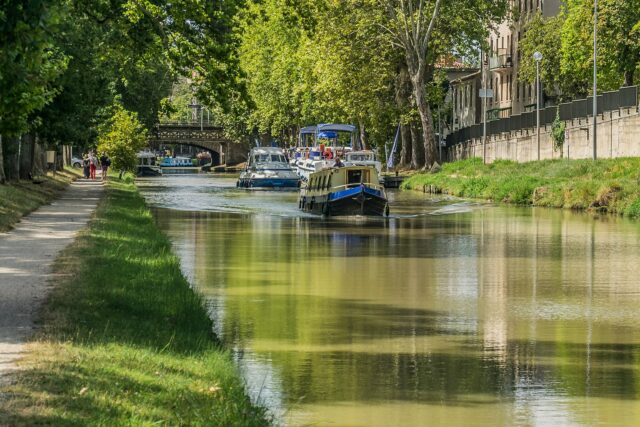
French Pyrenees
From Toulouse, head south to Foix, a historic town at the foot of the Pyrenees mountains. The Pyrenees are a mountain range that form a natural divide between France and Spain, with numerous peaks surpassing 3,000m (11,000 ft). Large sections of the range are protected nature parks, perfect for hiking and mountain climbing, and there are also countless castles, historic sites and towns to explore.
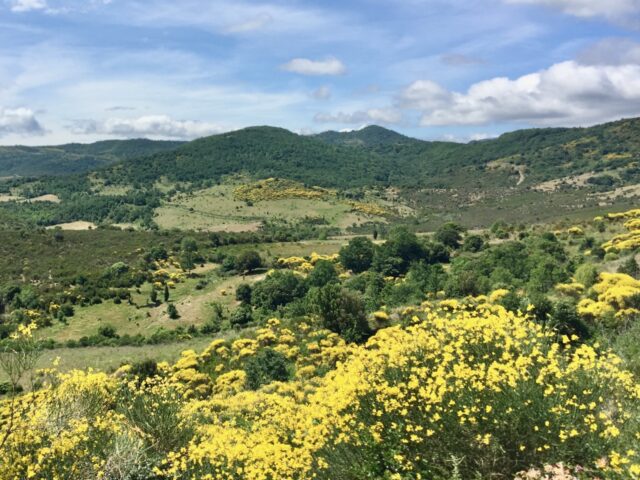
Foix
Foix is a small city in the foothills of the French Pyrenees. Its old town, dominated by a formidable 10th century castle, is a captivating maze of cobblestone streets and 17th century half-timbered houses.
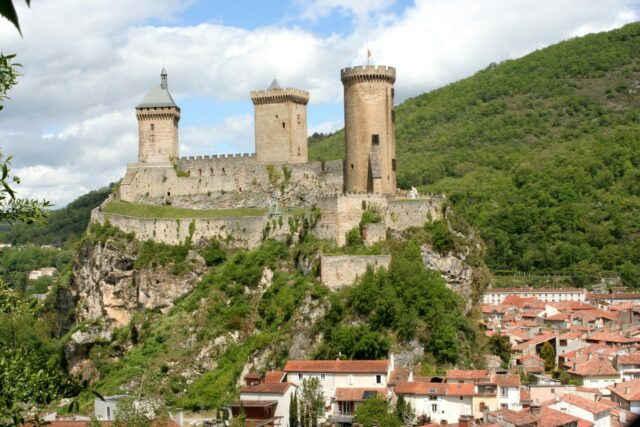
Foix is an excellent base from which to explore the Val d’Ariège (Ariège Valley) and numerous places of interest such as Château de Montségur (the Cathar Montségur Castle), the historic village of Vals (with its 10th century church carved out of the rock), the picturesque town of Tarascon-sur-Ariège, and the expansive Parc Naturel Régional des Pyrénées Ariégeoises (a popular hiking area). You can easily spend a few days exploring Foix and its surroundings. Search for accommodations in Foix.
Limoux
From Foix, continue to Limoux, a small town on the banks of the Aude River. Wine historians believe that the world’s first sparkling wine, Blanquette de Limoux, was produced in this region in 1531 by the monks at the abbey in Saint-Hilaire, near Limoux. Limoux itself is a lovely place for a stroll and a meal. The heart of town is Place de la République, with its stone arcades and half-timbered houses. The beautiful houses that line the Aude River are also an attraction. At the edge of town, you’ll find Maison Guinot, a small winery that offers tours and tastings of its Blanquette de Limoux sparkling wines.
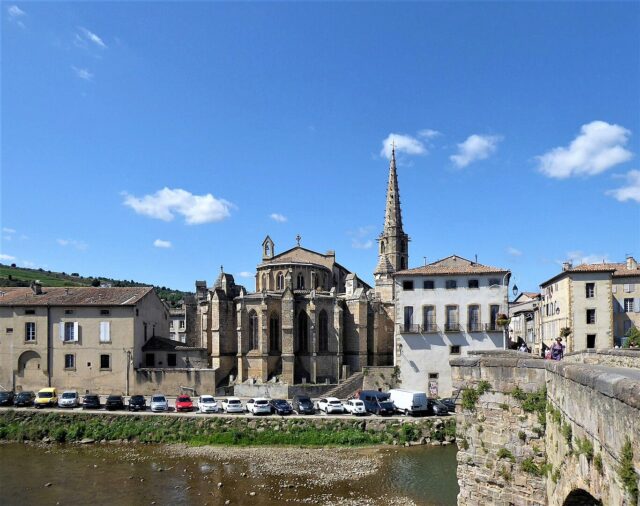
The town is surrounded by vineyards for as far as the eye can see. Another winery I can recommend for a visit is Domaine de Baronarques, where you can tour the estate, learn about its history and end the tour with a fabulous wine-tasting.
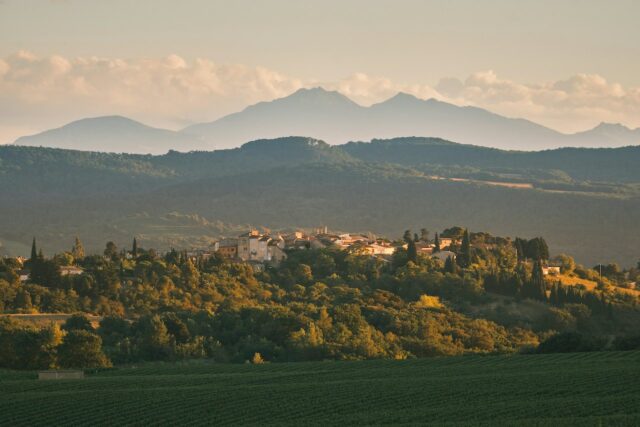
Carcassonne
The next stop on this south of France road trip is Carcassonne. This town is famous for its medieval citadel, Cité de Carcassonne, with its formidable watchtowers and double-walled fortifications. Built in Gallo-Roman times, major additions to the town walls were made in the 13th and 14th centuries. The citadel was recognised as a UNESCO World Heritage site in 1997.
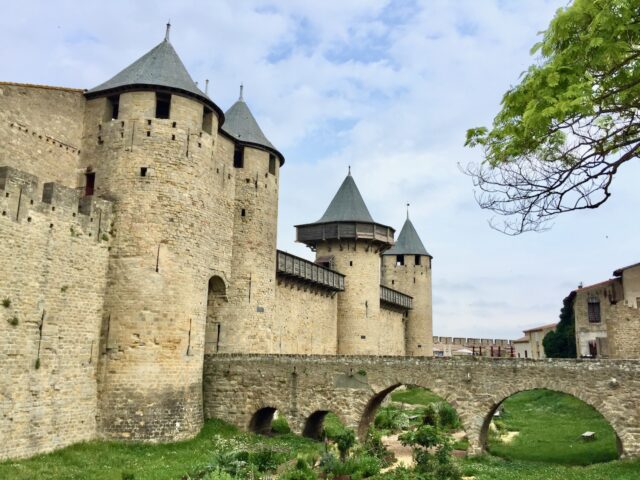
Carcassonne is a popular place for day-trippers. I suggest spending a night in the citadel to experience its enchantment when all the day-trippers have left. Search for accommodations in Carcassonne. If you’re staying in Carcassonne for just a day, purchase this ticket for access to the castle and walls.
As an alternative to Carcassonne, you could choose to stay at Domaine Calmel & Joseph. A lovely winery that offers accommodations and wine tours, Domaine Calmel & Joseph is about a 20-minute drive from Carcasonne. Or you can opt to just visit this winery for a wine-tasting tour.
Carcasonne to Narbonne
It takes roughly an hour to get from Carcasonne to Narbonne on the A61 highway. I suggest heading into the hills south of the A61 highway to explore the Corbières area, with its medieval villages, vineyards, castles and gorgeous scenery. Corbières is one of the iconic wine areas of the Languedoc so don’t miss the opportunity to take a few bottles of its rich, fruity reds home with you. Here are several places of interest to visit:
Lagrasse
Lying in the valley of the River Obieu, Lagrasse is a medieval gem! Things to do in Lagrasse include visiting the 8th century Abbey, crossing its medieval bridges and exploring the village’s rustic lanes.
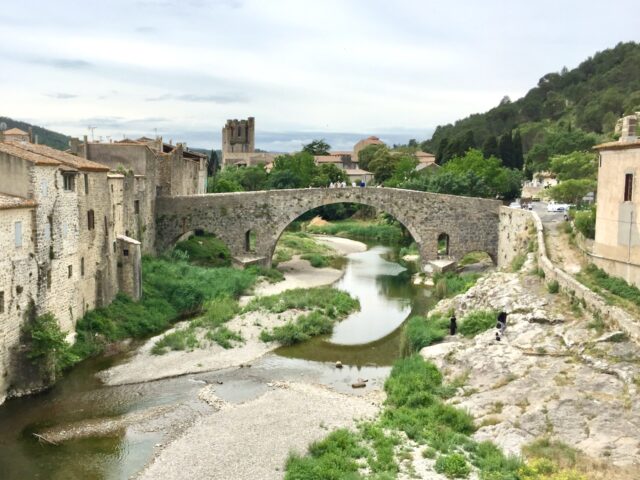
Château de Villerouge-Termenès
This medieval castle is one of the most important Cathar castles in the region. Stroll around this charming village and visit the castle. The village is also a lovely spot for lunch.
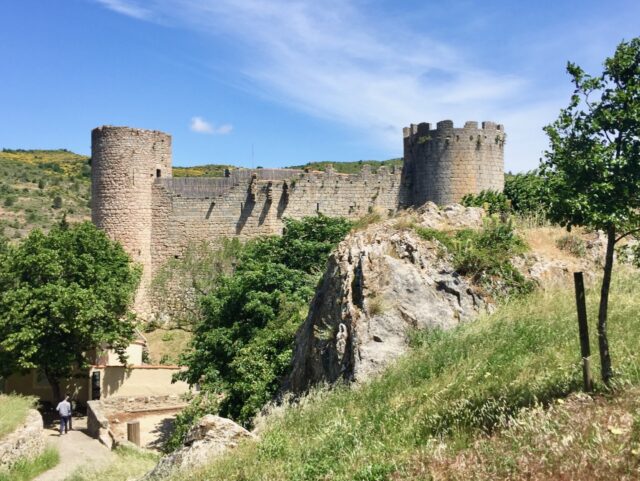
Abbeye de Fontfroide
This Cistercian monastery, 15km southwest of Narbonne, was founded in the 11th century. I recommend touring the monastery to admire its beautiful architecture and cloisters.
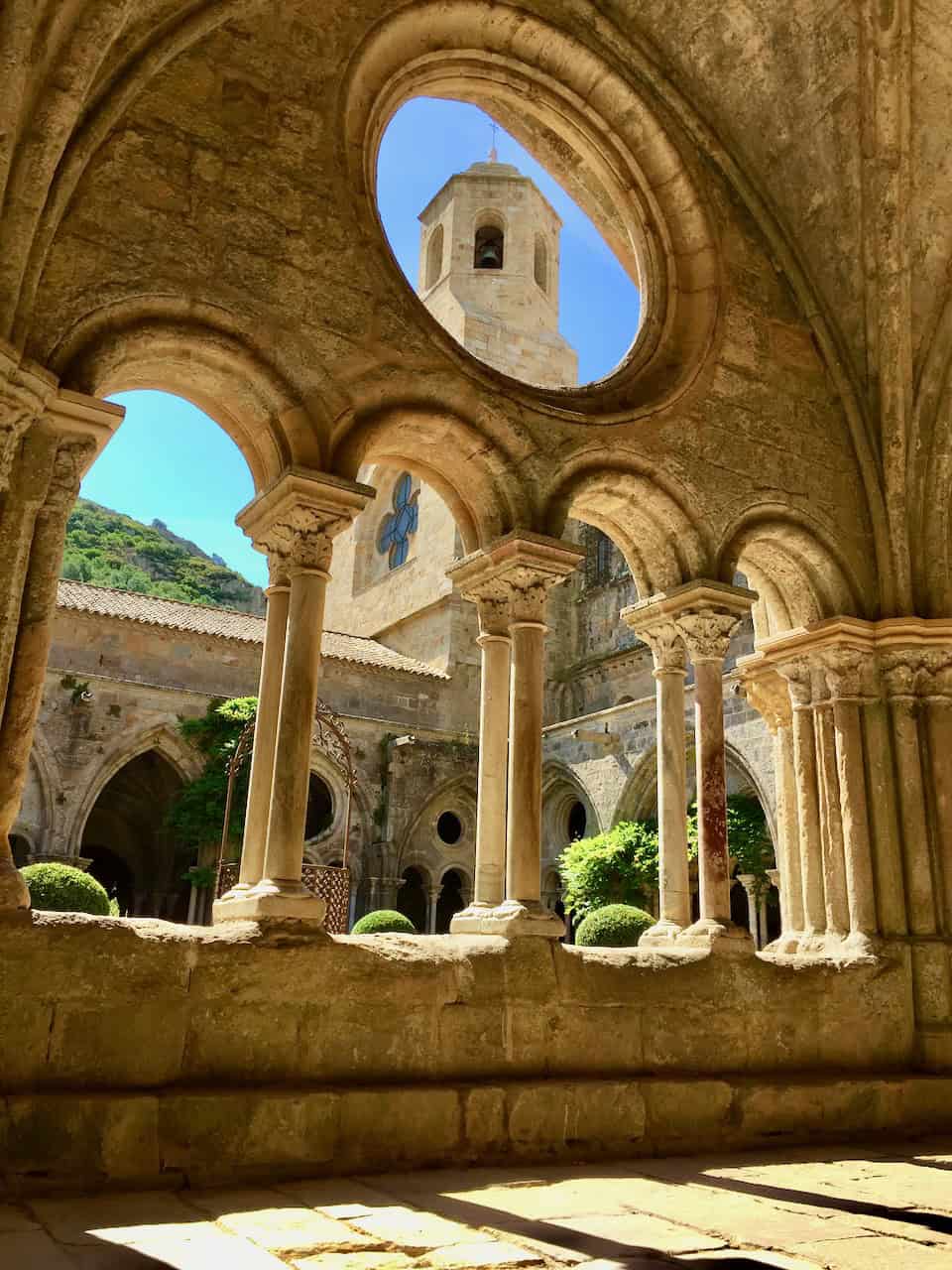
Narbonne
Narbonne is a historic city which can trace its roots back to the 1st century BC. These days, it’s a bustling city dominated by the 14th century Gothic Cathedral. Other important sights in Narbonne include the impressive Archbishop’s Palace, Clos de la Lombarde (ancient Roman ruins) and Canal de la Robine (that links the city with Canal du Midi).
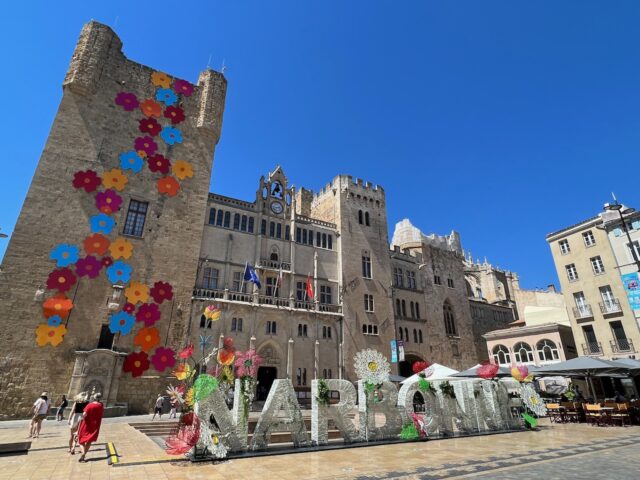
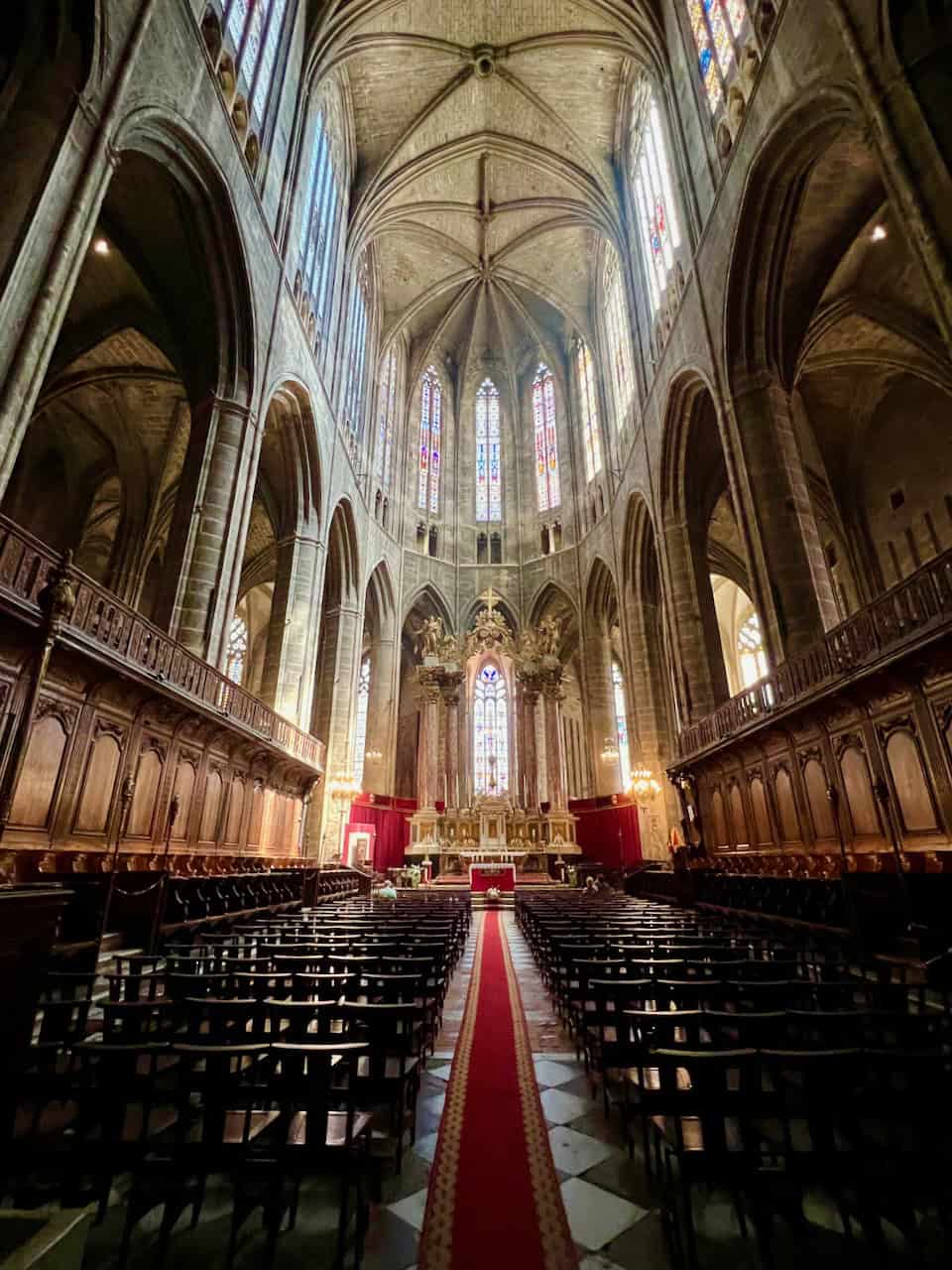
I also recommend a visit and a meal at Les Halles, the city’s covered market.
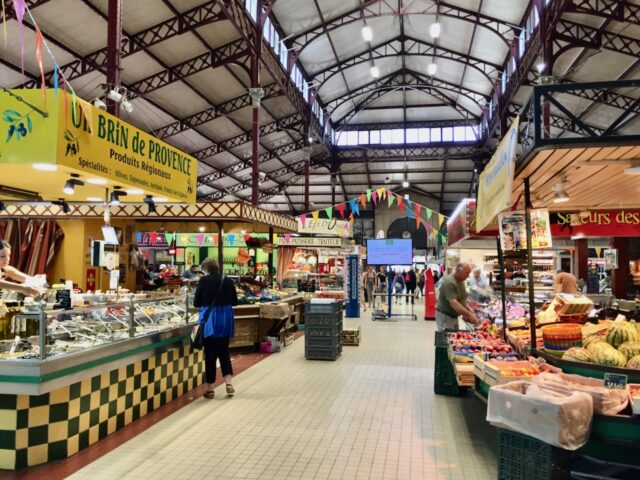
Just south of the city are several attractions including the salt pans of St. Martin de Gruissan, the quaint fishing village of Gruissan and numerous beaches. I recommend spending 2-3 nights in Narbonne or its surroundings. Search for accommodations in Narbonne.
Béziers
Our next stop is one of the oldest cities in France: Béziers. With a history dating back to the 6th century BC (!), Béziers is a beautiful city to visit. The old town is situated on a hill overlooking the River Orb. Towering over the old town is the St. Nazaire Cathedral, a 14th century Gothic structure that’s visible from miles away.
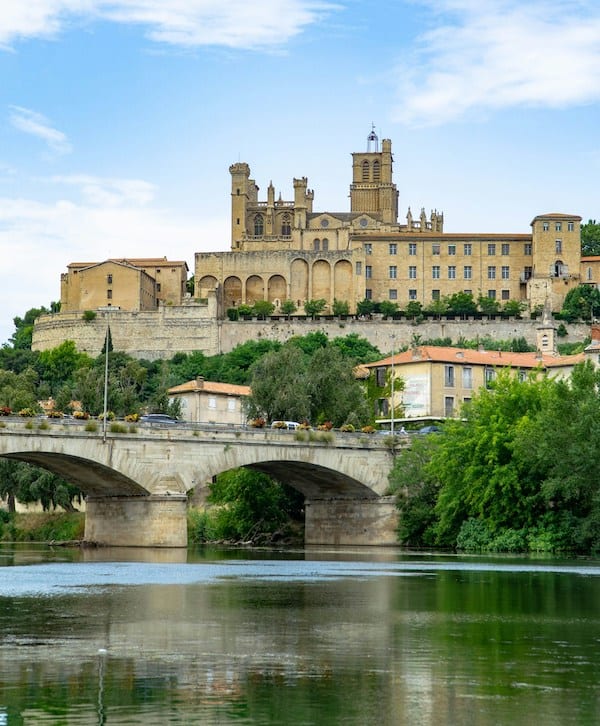
Other attractions include the Pont Vieux bridge and Les 9 Écluses de Fonseranes (a series of canal locks with nine steps).
Béziers to Montpellier
The area between Béziers and Montpellier (part of the Hérault department) is absolutely worth exploring for a few days. There are historic towns like Agde, Pezenas, and Sète; charming villages like Roquebrun and Marseillan; historic attractions like Valmagne Sainte-Marie’s Abbey; nature parks and countless Languedoc vineyards to visit. There are also numerous beach communities that are popular in the summer, including Europe’s biggest and most (in)famous nudist colony at Cap d’Agde.
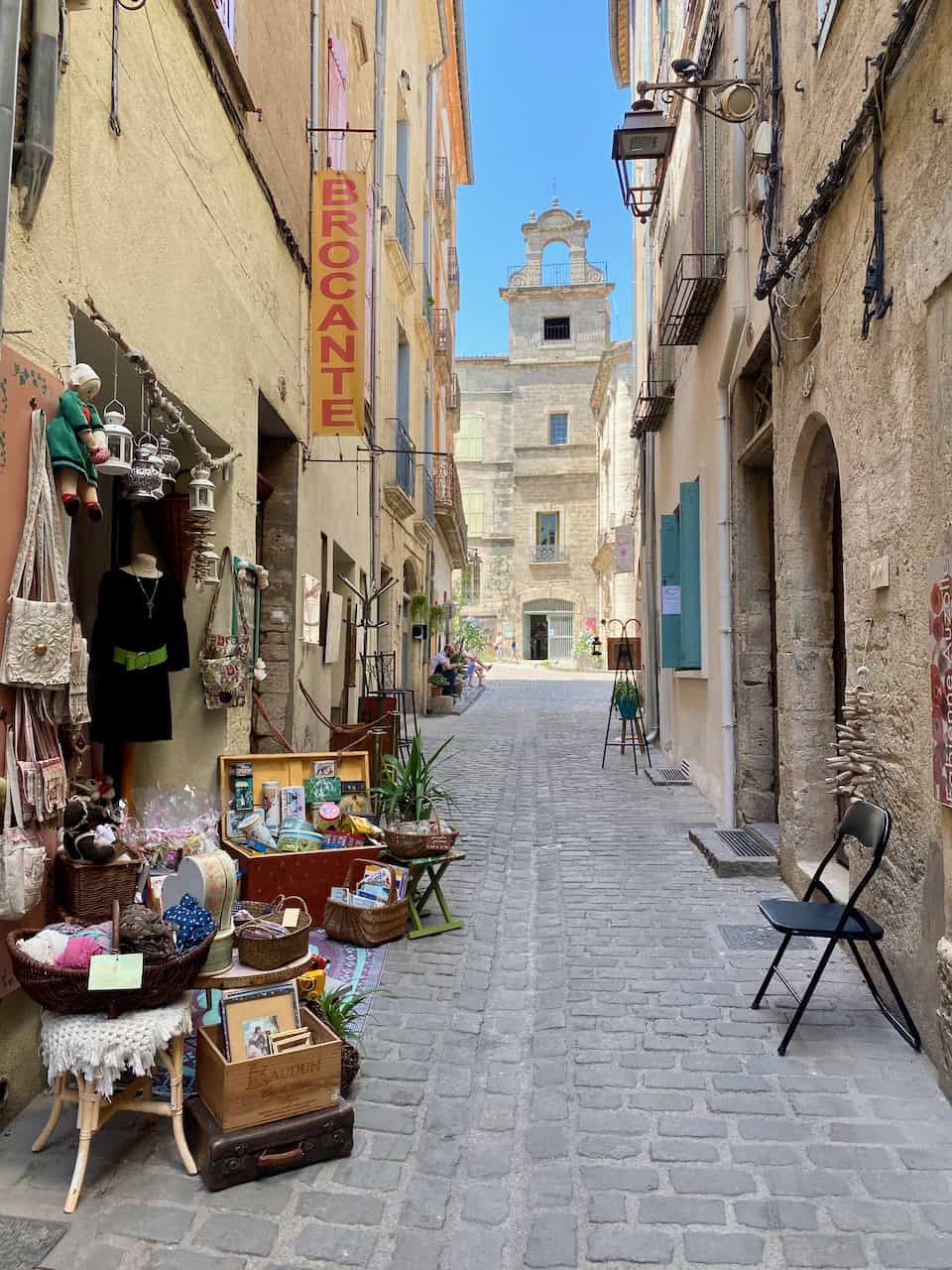
There are many different types of accommodations to choose from in the area between Béziers, Pezenas and Sète. You can stay at a vineyard or by the beach, or choose from lovely hotels, B&B’s, vacation rentals and camping sites. Search for accommodations in this area.
Agde
Located a short drive from Béziers, Agde is one of the oldest towns in France. The main attraction is the town’s 12th century Cathedral. I also recommend a stroll along the embankment of the Hérault River and enjoying a seafood lunch at one of the floating restaurants – I recommend Mare Nostrum.
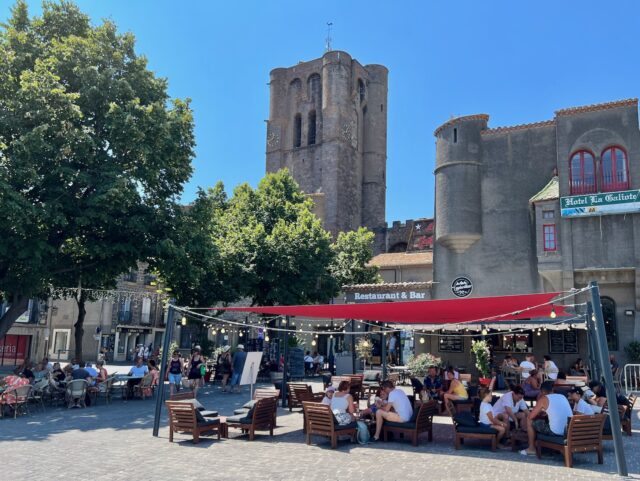
You can also head for the beaches and seaside restaurants at nearby Le Grau d’Agde.
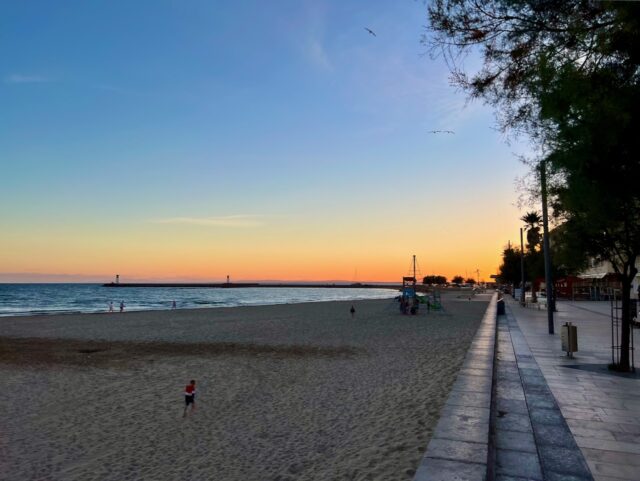
Pezenas
Often listed as one of the most beautiful towns in Occitanie, Pezenas has a charming old town and is surrounded by mile after mile of vineyards. Once the seat of the Governors of Languedoc, Pezenas still maintains its grandeur, evident today by the numerous beautiful 17-18th century townhouses in the old town. Read more about things to do in Pezenas.
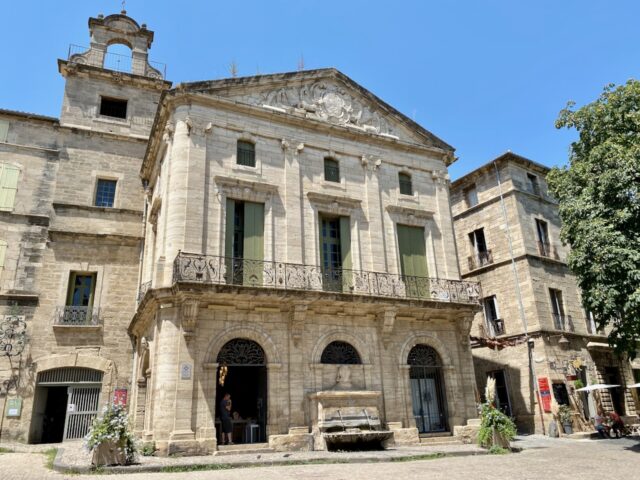
For a lovely lunch and wine-tasting experience in historic surroundings, head for Seigneurie de Peyrat, a rustic winery just outside Pezenas.
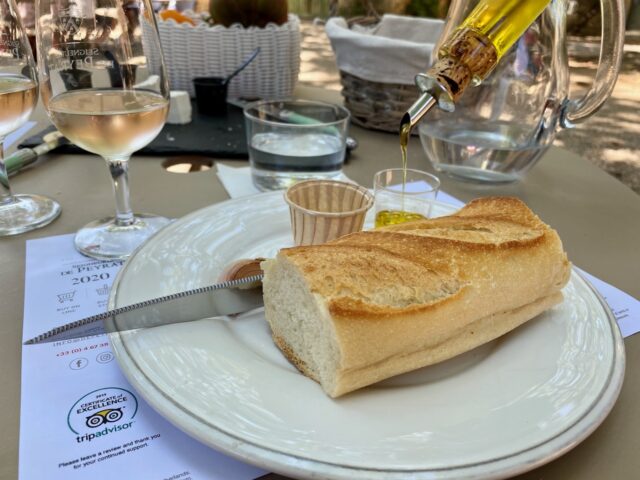
Valmagne Abbey
Valmagne Abbey is a curious attraction about a 15-minute drive from Pezenas. Founded in 1138 as a Benedictine abbey, the abbey soon came under the Cistercian Order. The abbey church was turned into a wine cave by a private owner in the 18th century. Large wine barrels were installed in the church to mature wines, a function that still exists till this day.
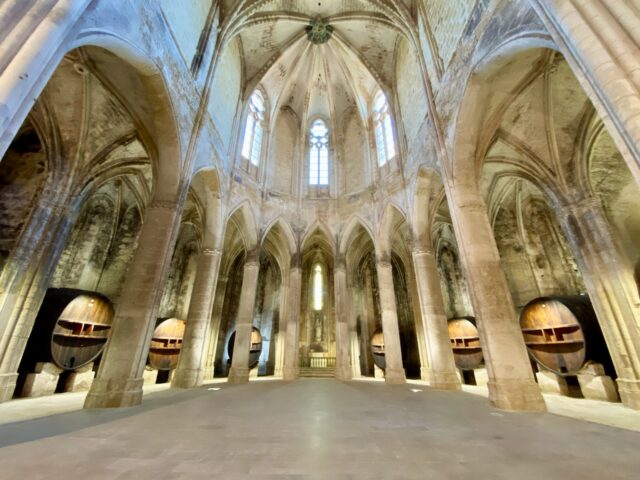
It’s a lovely place for a quick stop, if only to see the impressive nave with its equally impressive wine barrels!
Roquebrun
Roquebrun is known as one of the most beautiful villages in France. Situated at the southern end of the National Park of the High Languedoc on the banks of the River Orb, Roquebrun is a popular place for outdoor activities such as hiking and kayaking. Roquebrun is located about a 45-minute drive from Béziers or Pezenas.

Marseillan
This lovely village sits on the shores of the Étang de Thau, the largest of a series of lagoons along this stretch of the French Mediterranean coast and the southern entry point of the Canal du Midi. It’s a picturesque village with many historic houses and a small port that’s a national treasure.
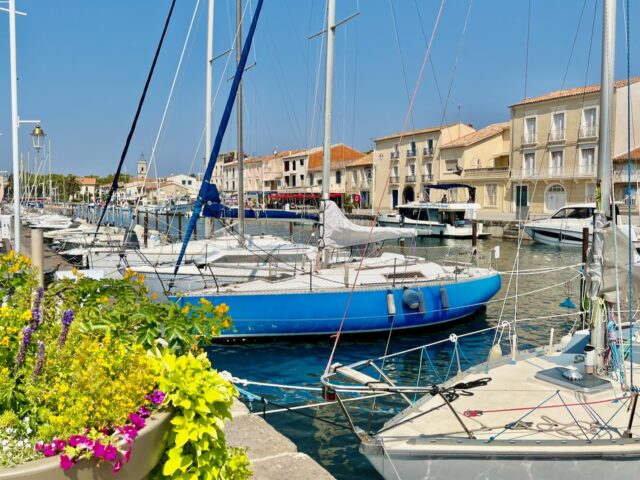
If you love mussels and oysters, Marseillan is the perfect place to indulge yourself as they’re cultivated in the lagoon around the corner! I recommend Restaurant Le Chateau du Port for a terrific meal and lovely views of the port.
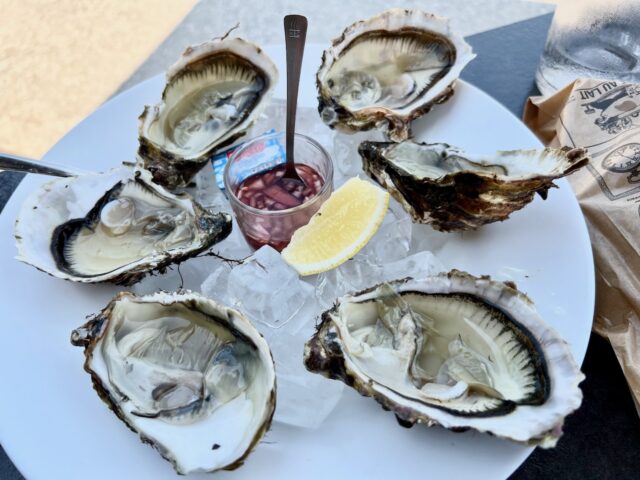
If you’re a fan of vermouth, don’t miss a visit to the Noilly Prat museum and factory where vermouth has been produced since 1853. Book a tour of Maison Noilly Prat.
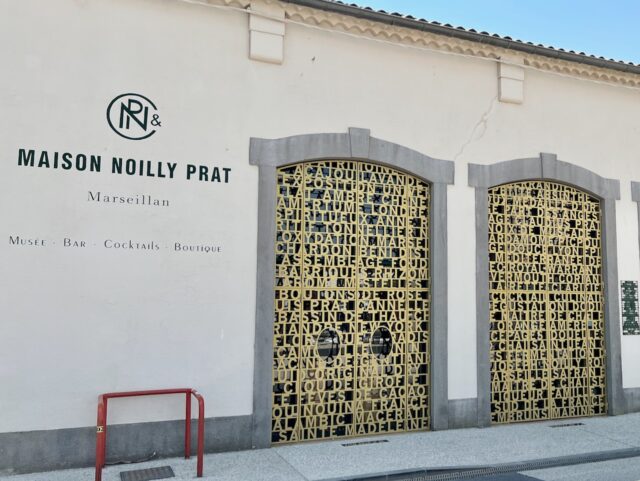
I also suggest a short walk in the historic village centre. Some of the houses here date back to the 12th century AD. The Church of St. John the Baptist is also worth a visit to admire its beautiful stained-glass windows. From the port, walk south along the shores of the Étang de Thau to spot flamingoes.
Sète
Built upon and around Mont St. Clair, Sète is a port town situated on the south-eastern end of the Étang de Thau. Also known as the ‘Venice of Languedoc’ because of its canals, Sète is famously proud of its cultural traditions and dialect.
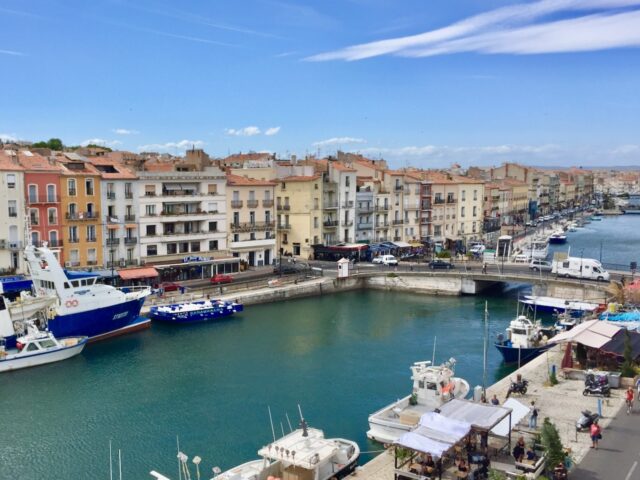
Things to do in Sète include walking along its downtown canals (market day on Wednesdays is especially lively), visiting one of its museums (such as the Paul Valery Museum), hiking up Mont St. Clair for panoramic views and tucking into a delicious seafood meal. You can also opt to go on a boat tour of the Étang de Thau lagoon (including oyster tasting at a farm) and the Sète canals.
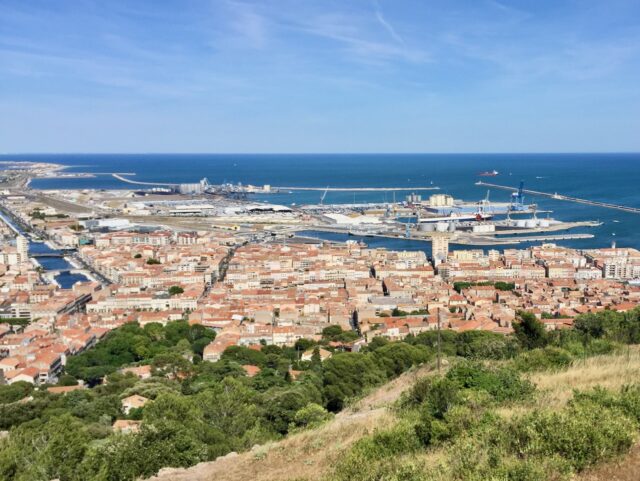
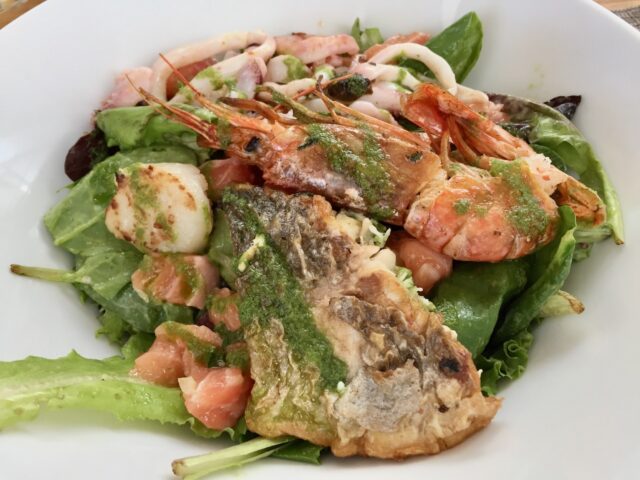
Just outside Sète, you’ll find some of the best beaches and beach clubs in the area such as Plage de la Corniche and Plage Baleine.
Further north from Pezenas
Should you have more time for this South of France road trip, there are more places of interest to visit further north. Here are a few suggestions:
Lac du Salagou
Lac du Salagou is an artificial lake about a 30-minute drive north of Pezenas. The abundance of iron oxide in the soil gives its shores a wondrous reddish colour. The lake is popular amongst locals who come here to picnic, hike, kayak and swim in its crystal-clear water.
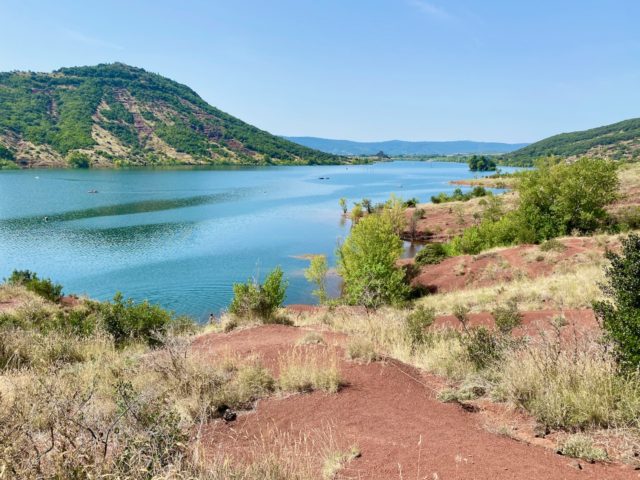
There are several hamlets and wineries located in the hills above the lake which are great for a visit. I recommend visiting the charming hamlet of Octon, with its restaurants and wineries.
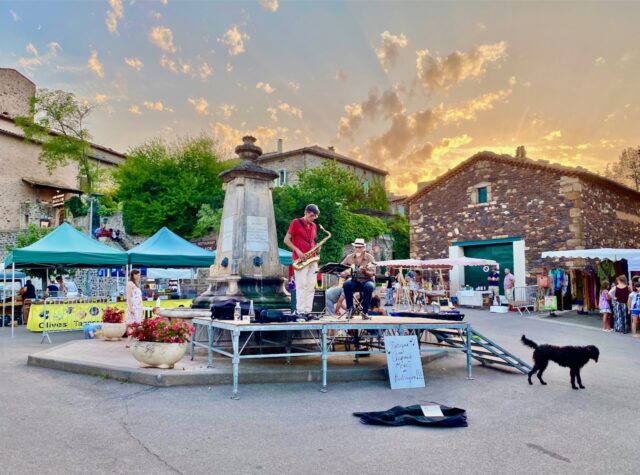
Millau Viaduct
About an hour’s drive north of Pezenas, the Millau Viaduct in southern France is the tallest bridge structure in the world. Located on the A75 highway linking Paris with Montpellier, the bridge is a spectacular engineering feat.
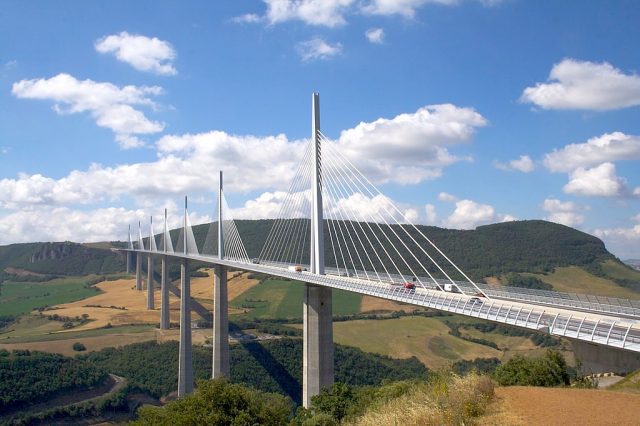
Designed by Sir Norman Foster and constructed by a French consortium, its tallest mast is 336m (that’s taller than the Eiffel Tower!) and its road deck is suspended 270m or 890ft above the valley floor! There’s a visitor centre at one end of the viaduct.
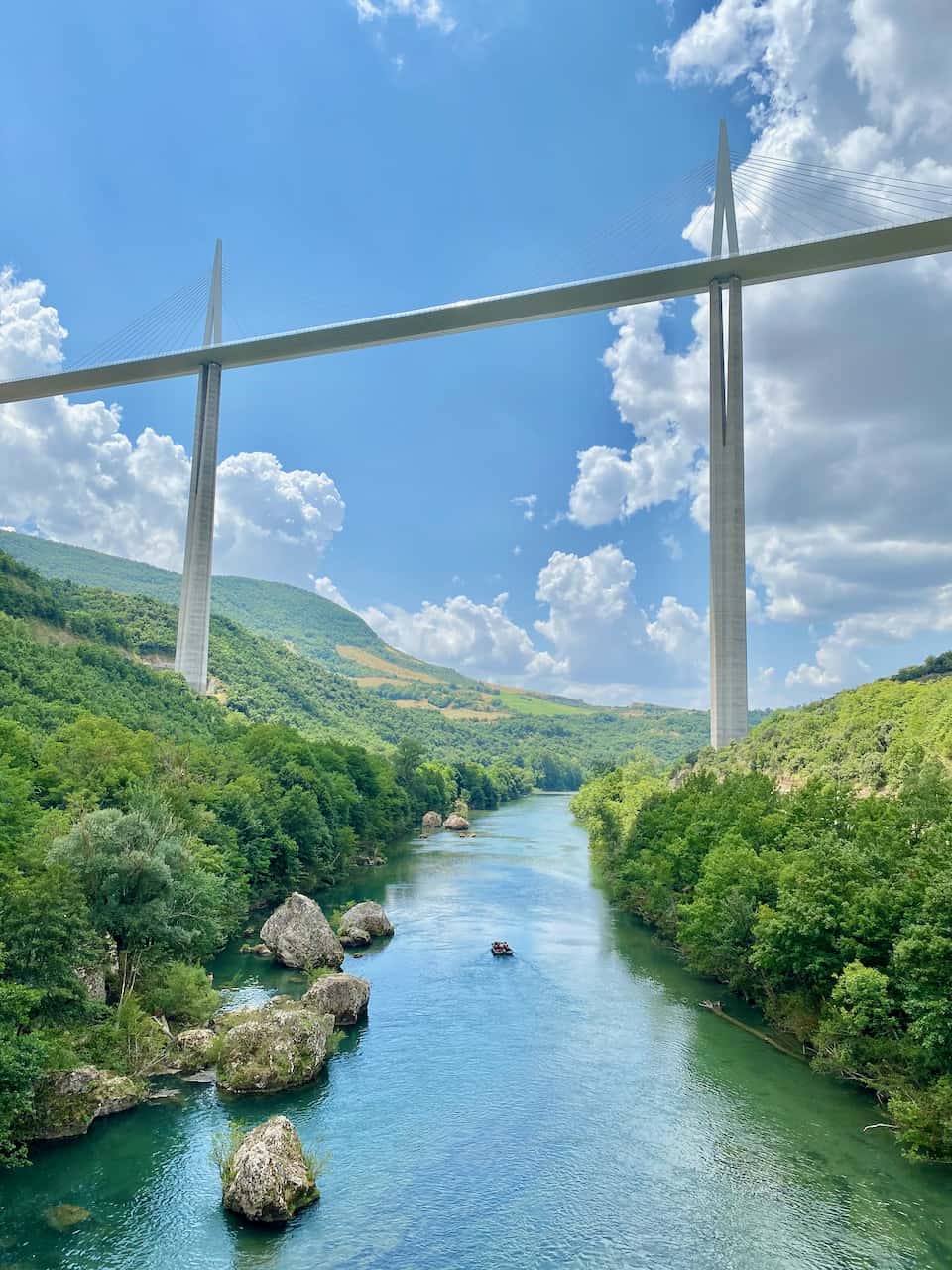
You can also visit the town of Millau in the valley below. From Millau, it’s also possible to go on a boat tour along the river and under the viaduct.
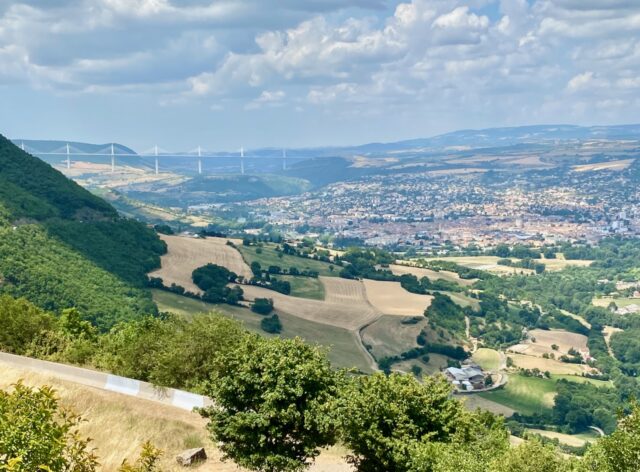
La Cavalerie
Just off the A75 highway on the way to the Millau Viaduct lies La Cavalerie, a village that’s absolutely worth a stop. The village was founded by the Knights Templar and is composed of a walled settlement with imposing towers and gates.
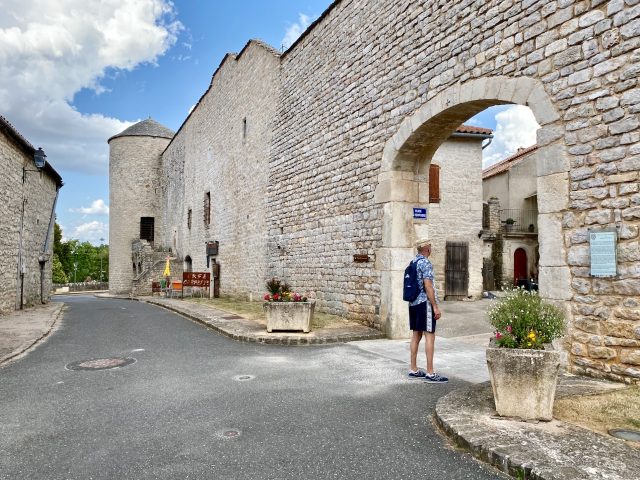
Lodève
This historic city, with its roots in Roman times, was a major centre for textiles in the 18th-19th centuries. Dominated by its impressive Cathedral of St. Fulcran, the old town of Lodeve is a delightful mesh of quiet streets and lanes.
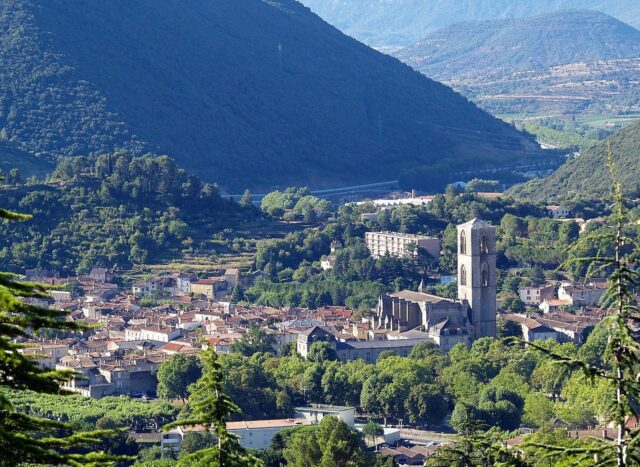
Montpellier
Montpellier is the seventh-largest city in France. It has the distinction of being the home to one of the oldest universities in the world (established in 1220) and one of the oldest medical schools (with prominent alumni such as Nostradamus). Today, students make up about a quarter of the population, making Montpellier a youthful and vibrant city, with a splendid mix of old and new.
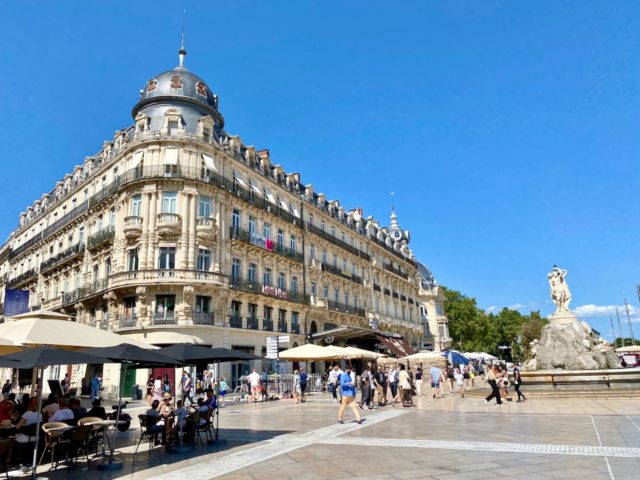
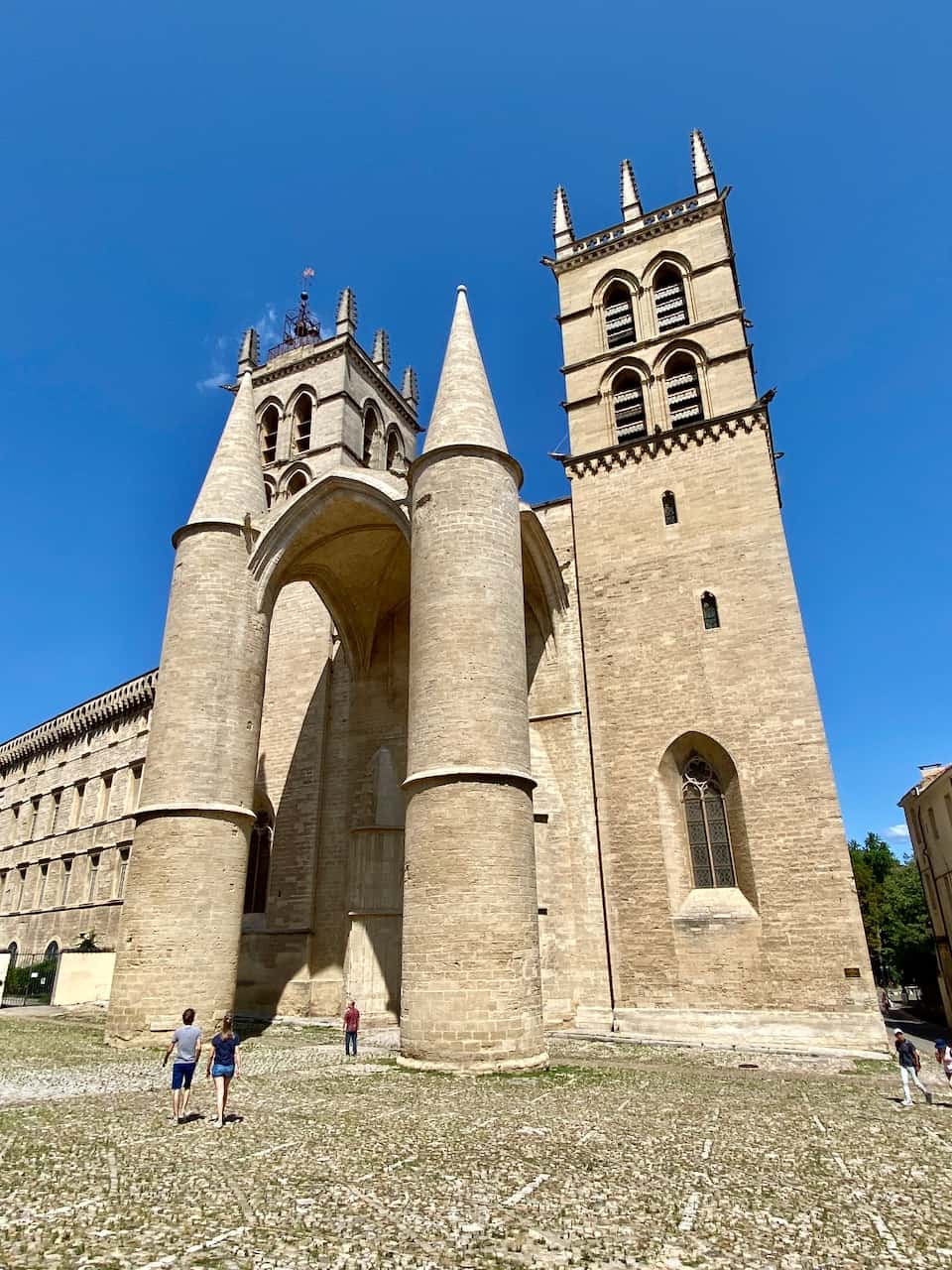
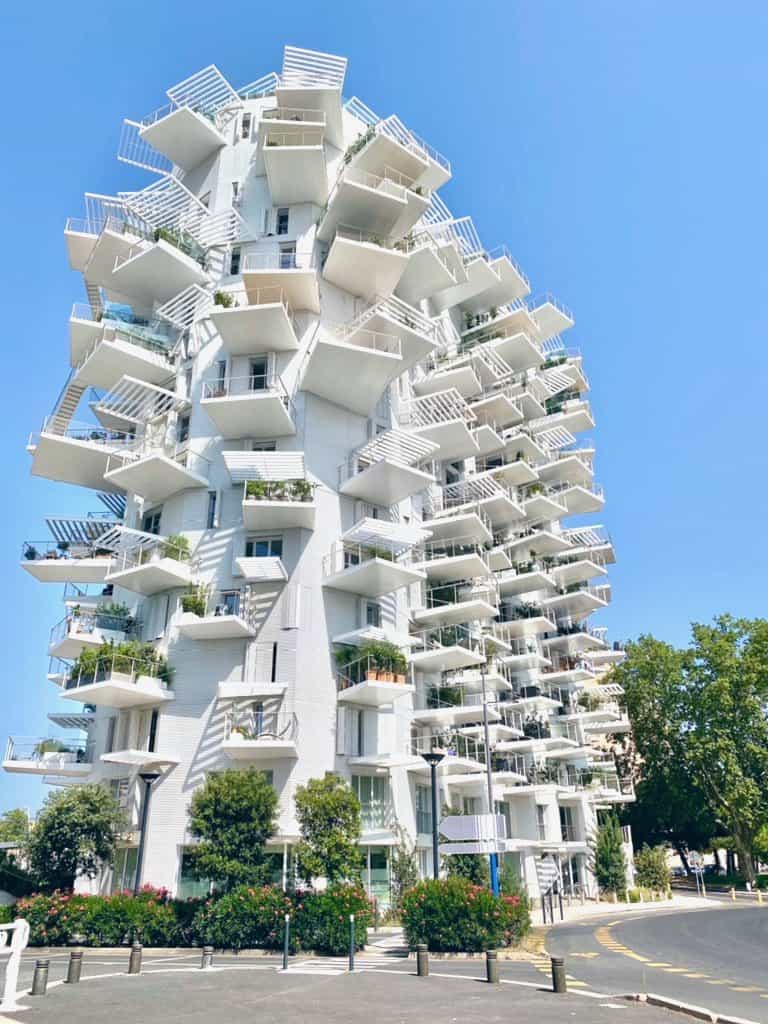
Montpellier is one of my favourite cities to visit in the south of France due to its great vibes, excellent food and large array of things to do and see in and around the city. The top things to do in Montpellier include:
- explore the medieval old town
- stroll around Place Royale du Peyrou and the Aqueduc Saint-Clément
- visit the 16th century Cathedral of St. Pierre
- visit the Musée Fabre
- look out for colourful street art
- take the tram to the city beach or go a bit further afield to other beaches
- read my post about things to do in Montpellier.
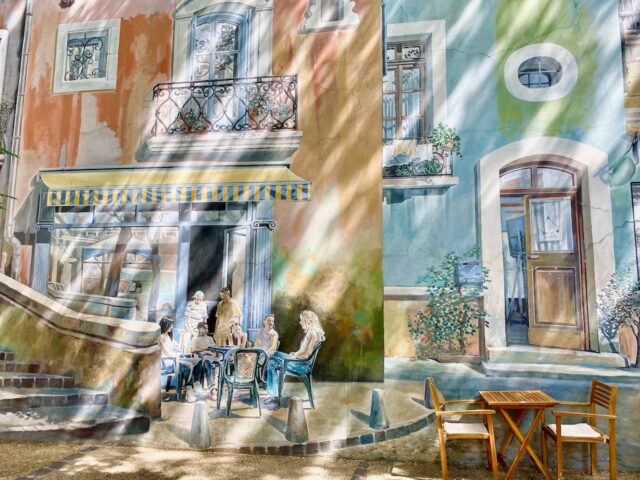
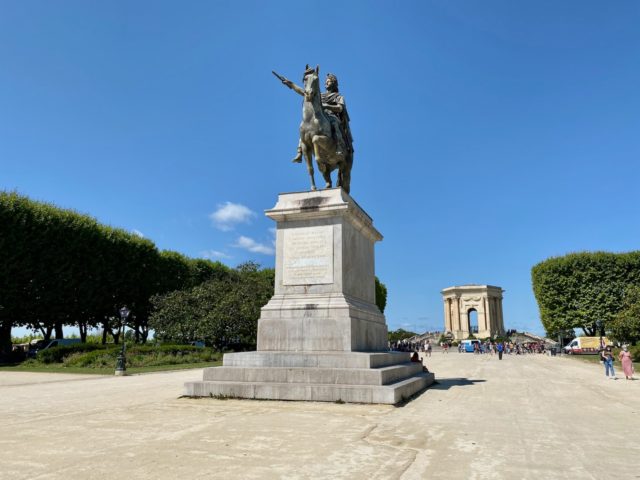
Restaurants in Montpellier I can recommend include Rosemarie, Le Baroque and Le Paresseur.
I suggest spending a few nights in or around Montpellier to experience the city and go on day trips to surrounding places. Search for accommodations in Montpellier.
Here are my suggestions for places to visit near Montpellier:
Aigues-Mortes
This medieval town is surrounded by impressive walls and towers. In addition to visiting the town, I recommend a stroll atop the walls for views of the surrounding pink salt pans. Aigues-Mortes is a popular place for tourists, especially in the summer, but venture away from Place Saint Louis (the main square) and you’ll find quiet streets with quaint houses.
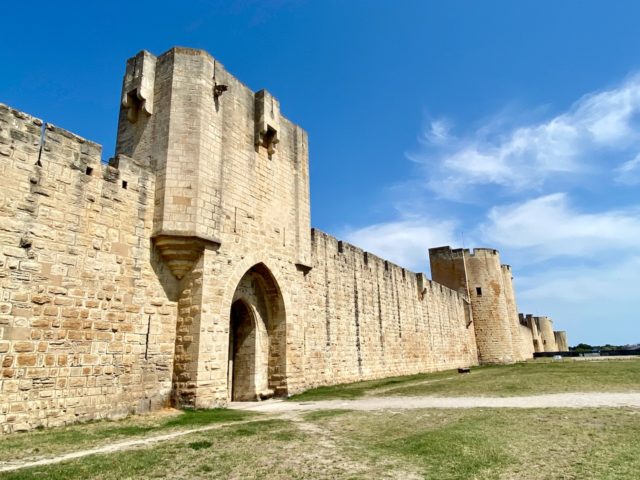
Aigues-Mortes can easily be combined with a day at the beach in Espiguette (see below). Between Aigues-Mortes and Espiguette are expansive pink salt pans with large flamingo populations. You can also book a day trip from Montpellier to the salt marshes, Aigues-Mortes and Camargue.
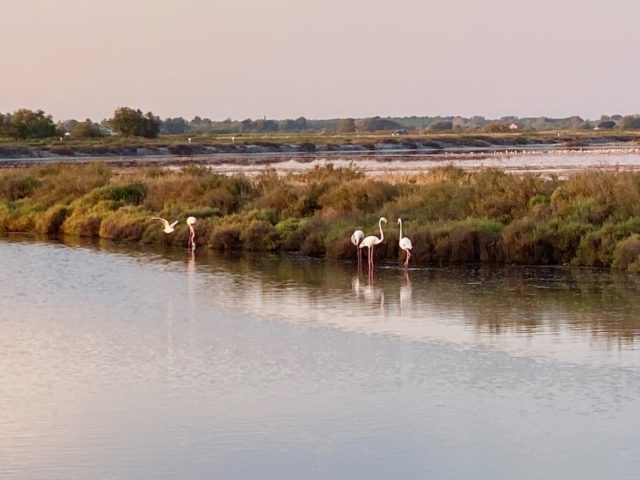
Espiguette
The best beaches near Montpellier, in my opinion, are at Espiguette. Situated on the edge of the vast Camargue Natural Park, Espiguette has miles of sand and crystal-clear water. It’s a wild beach though with few facilities so go prepared.
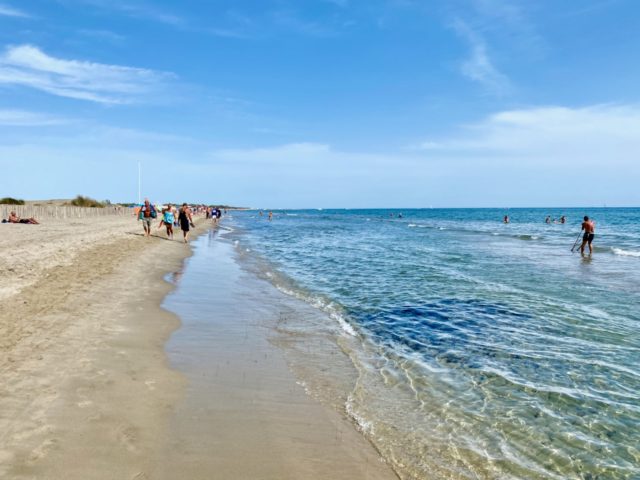
Saint Guilhem-le-Désert
This medieval village, located in a narrow gorge, is considered to be one of the most beautiful in France. Saint Guilhem-le-Désert is most famous for its Abbey of Gellone, along with the nearby Pont du Diable, a UNESCO World Heritage site. On the way, you can also stop at the impressive Clamouse caves.
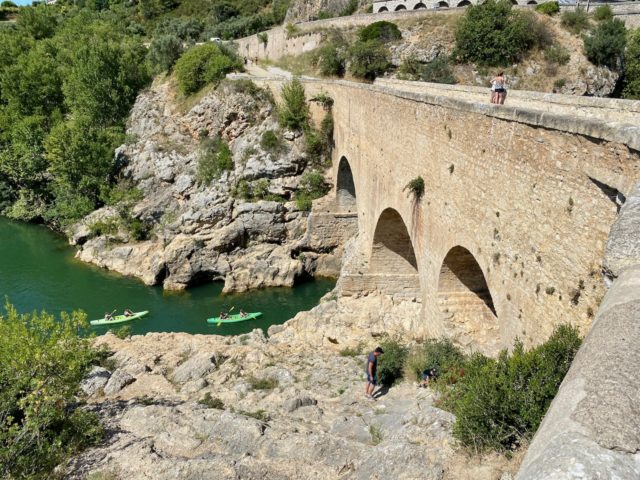
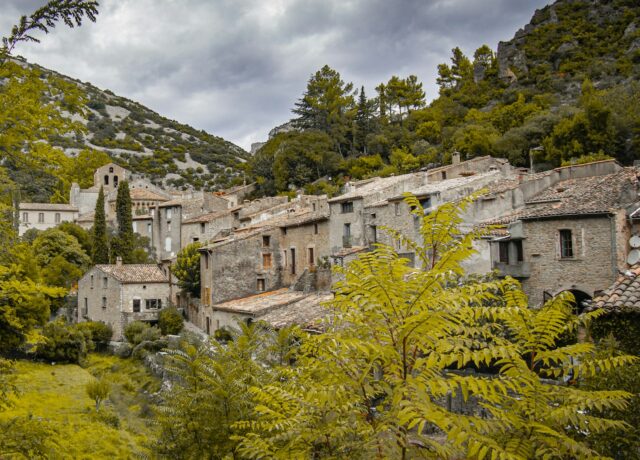
If you’re visiting during the busy summer months, plan to get there by 10am or in the late-afternoon to avoid the crowds. You can also opt for an organised day tour from Montpellier.
Wineries near Montpellier
There are many wineries in the area around Montpellier. Some of the closest can be found just north of the city, such as Château Montel, Domaine Pierre Clavel, Château Puech-Haut and Domaine Haut-Lirou. Check out this wine and olive tour from Montpellier.
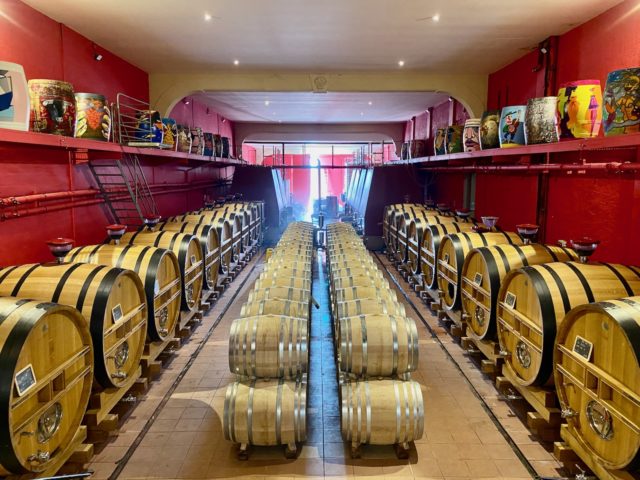
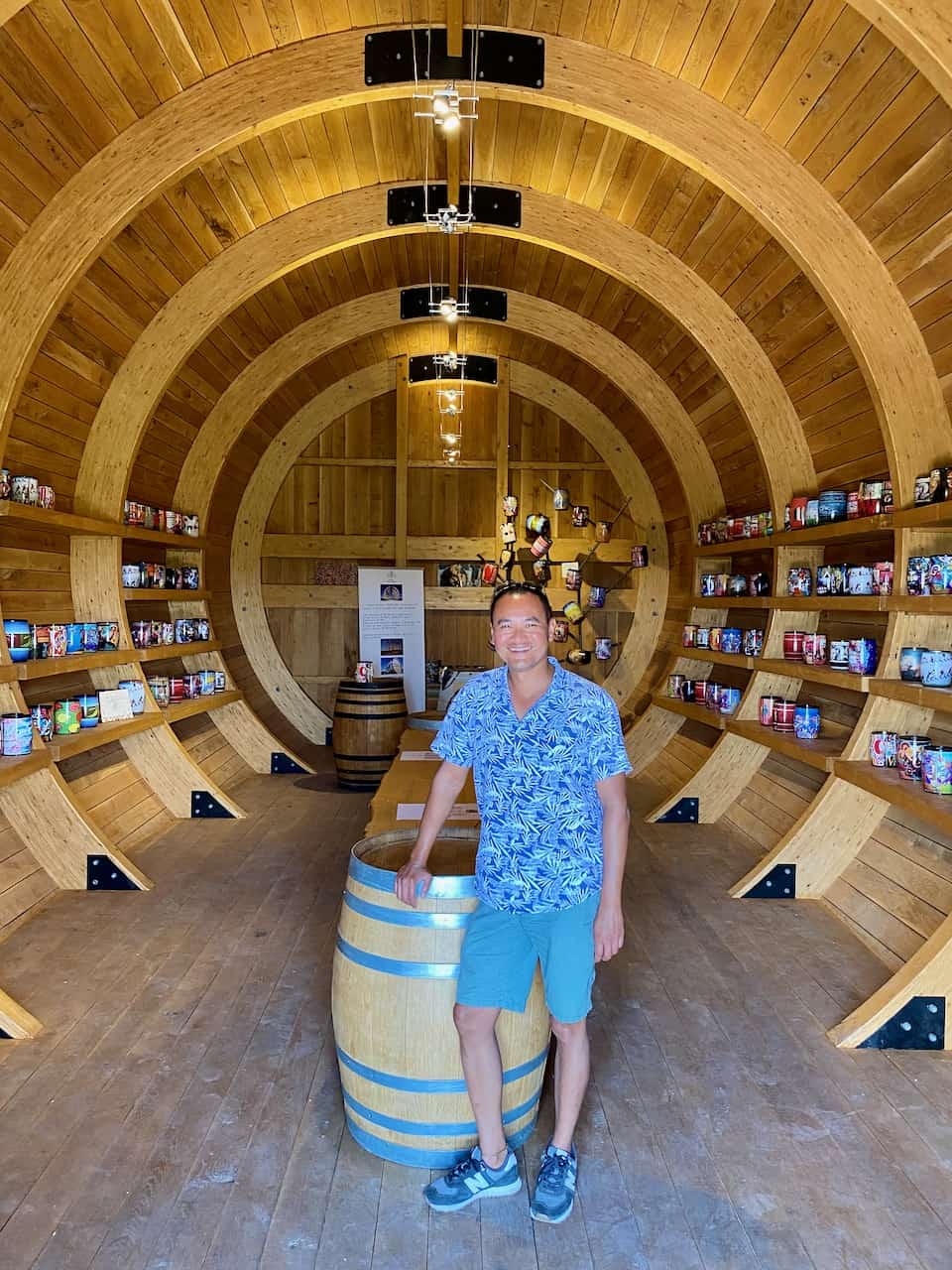
Places to visit in this wine area include the gorgeous village of Les Matelles and the nature park around the Pic Saint-Loop mountain (a popular hiking area). If you choose to visit Les Matelles, drop by for a splendid lunch under the trees at Restaurant Le Pic Saint Loup.
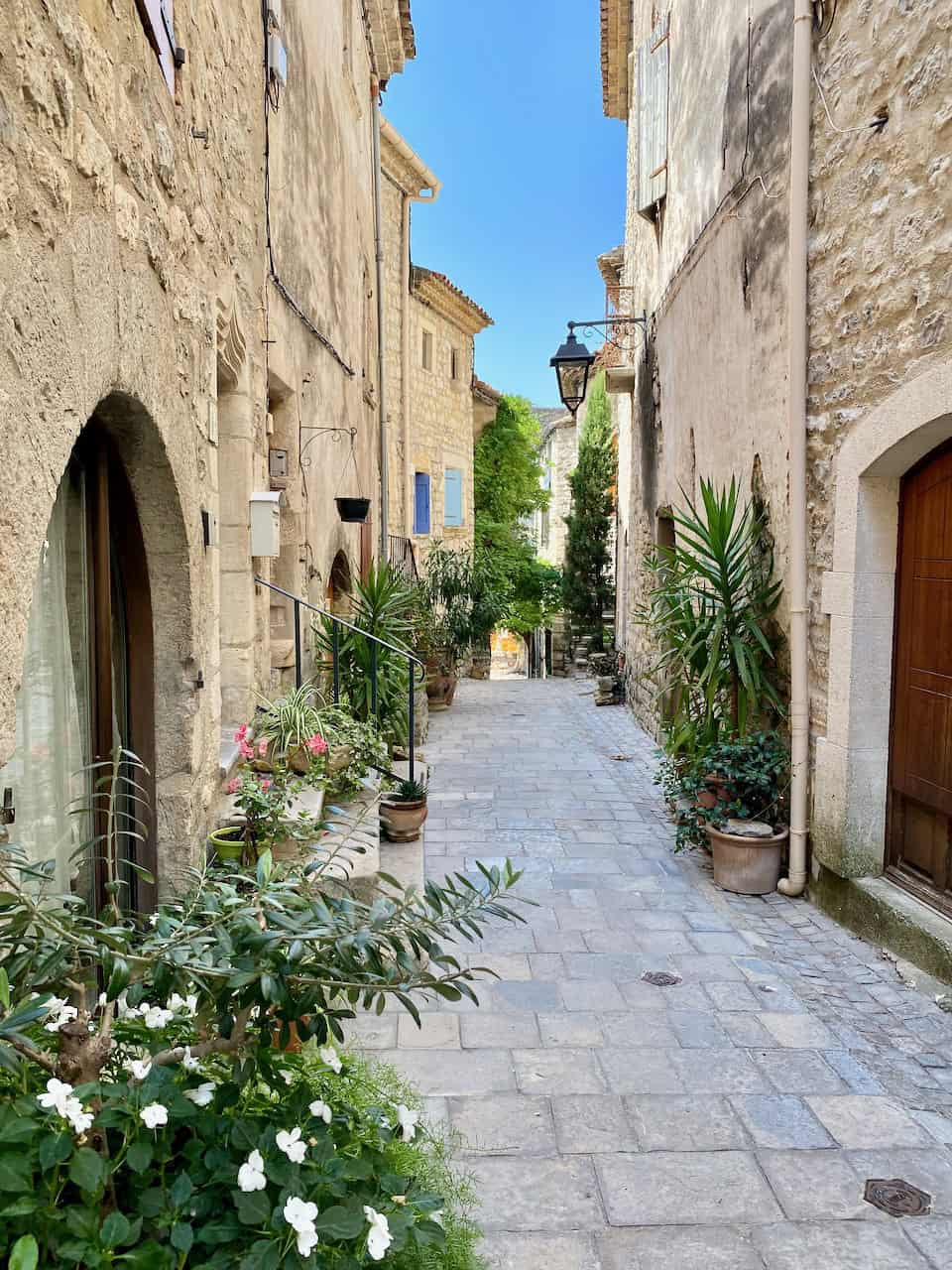
Provence
This South of France road trip route continues from Montpellier to Provence. This region, famous for its lavender fields, vineyards, picturesque villages and historic cities, is a joy to explore. Before ending this road trip in Marseille, I recommend spending several days in the area between the Nîmes-Avignon axis and Aix-en-Provence in the western corner of Provence. Search for accommodations in this area. Here are some of the best places to visit in this part of Provence:
Nîmes
Nîmes is often called the French Rome due to its magnificent Roman monuments. It’s a spotless city with impressive Roman buildings, beautiful museums, lively squares and leafy streets. The top sights in Nîmes include:
- the Roman Arena
- the old town
- Maison Carrée
- the resplendent Les Jardins de la Fontaine
- ruins of Temple de Diane
- check out my post on things to see in Nîmes (includes a suggested walking route).
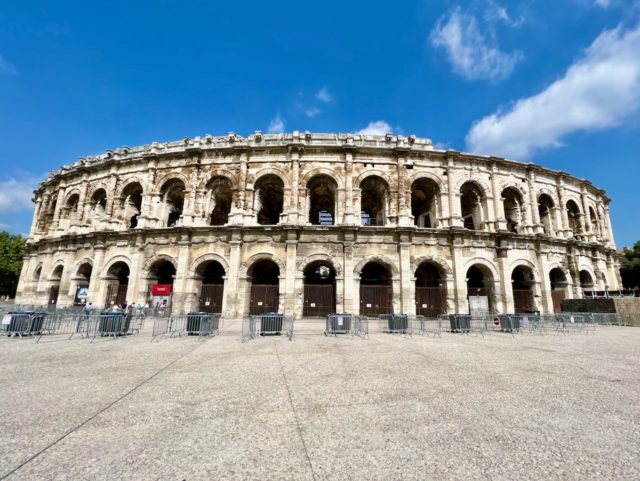
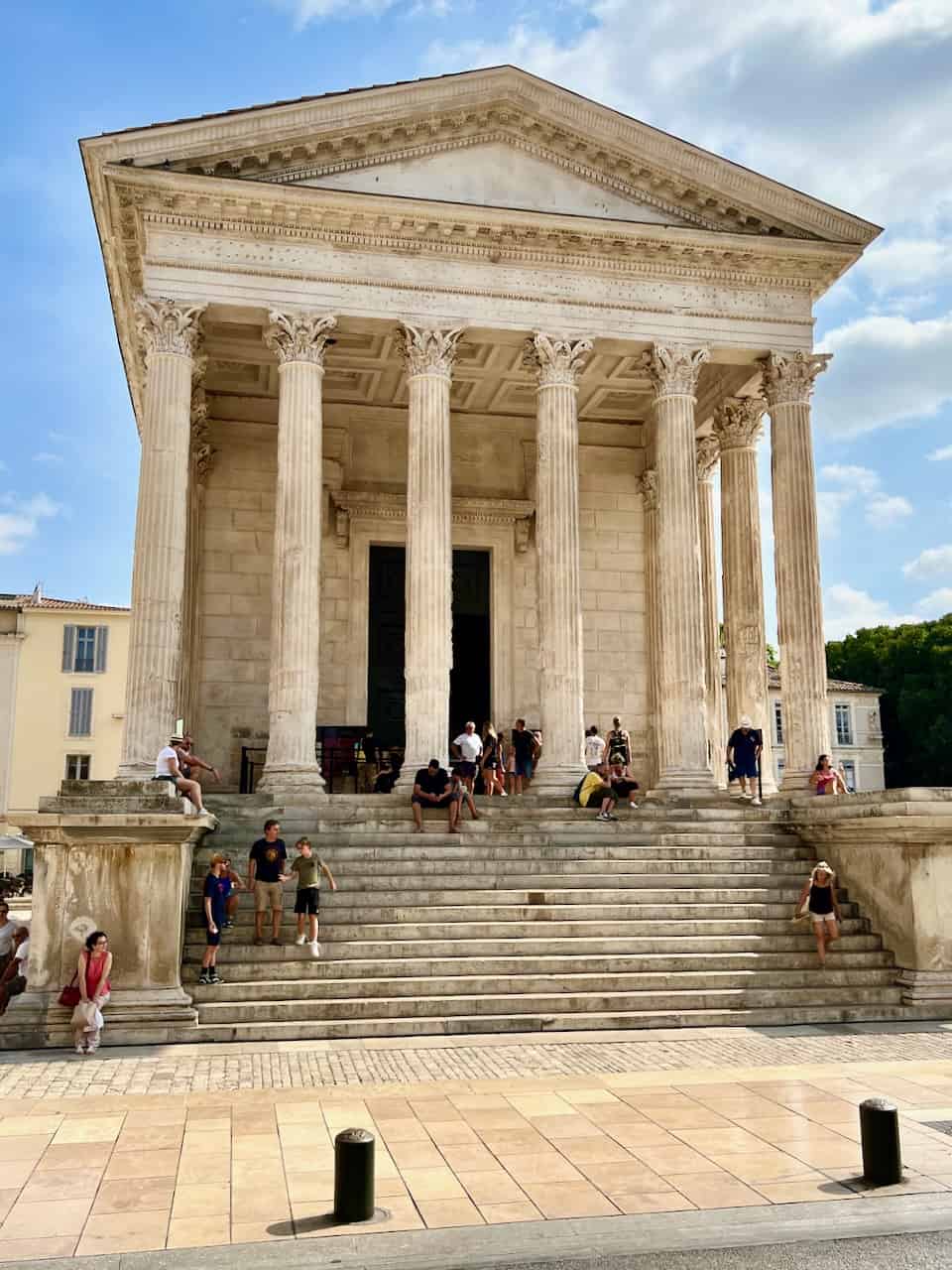
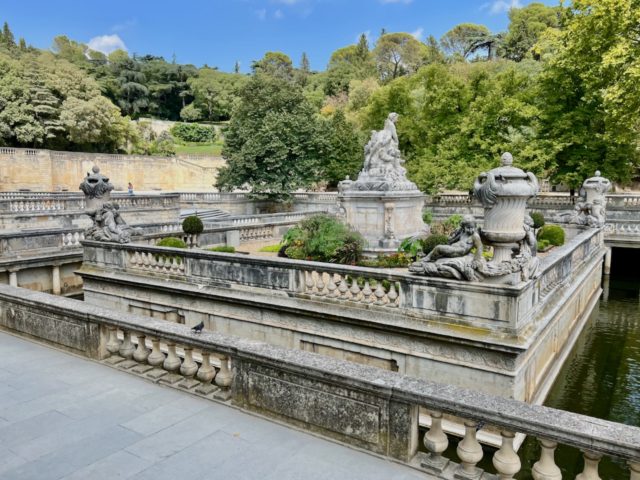
A fabulous lunch spot I can recommend is Le Menestrel, located in the old town – lovely owners and terrific food!
Pont du Gard
Another Roman monument near Nîmes that’s worth a visit is Pont du Gard. Built in the 1st century AD, it’s the tallest of all Roman aqueduct bridges, and is a UNESCO World Heritage site. This three-tier aqueduct is a 35-minute drive from Nîmes.
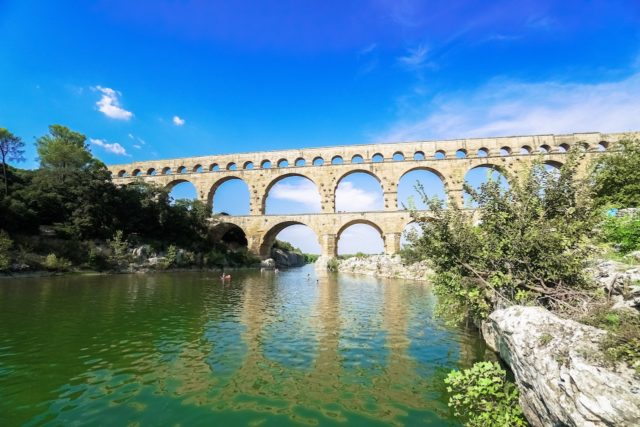
There are numerous wineries in this area that are worth visiting. One family winery I can recommend is Château Mourgues du Grès, a 30-minute drive from Pont du Gard.
Uzès
A short drive northwest of Pont du Gard lies the charming town of Uzès. Originally a Roman settlement in the 1st century BC, Uzès is these days famous for its beautiful medieval streets and open market, reputedly one of the best in Provence. Some of the top sights in Uzès include Saint-Théodorit cathedral and Fenestrelle tower, the Ducal castle (also known as the Duché) and the Church of Saint-Etienne.
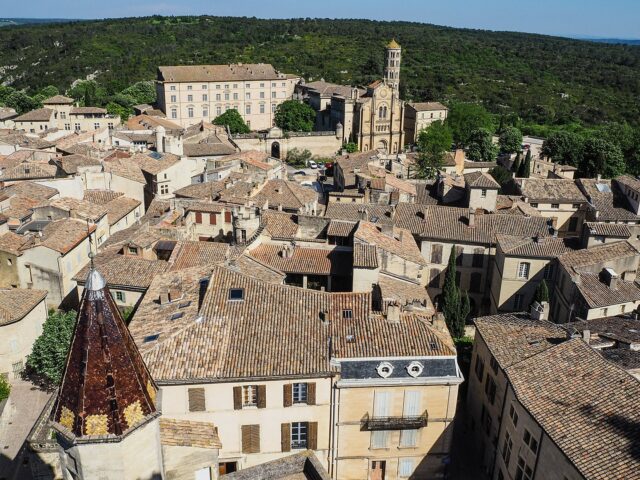
Avignon
Located on the banks of the Rhône River, Avignon’s historic city centre is listed as a UNESCO World Heritage site due to its importance in European history during the 14th century. Between 1309 and 1377, Avignon was the seat of seven consecutive Popes.
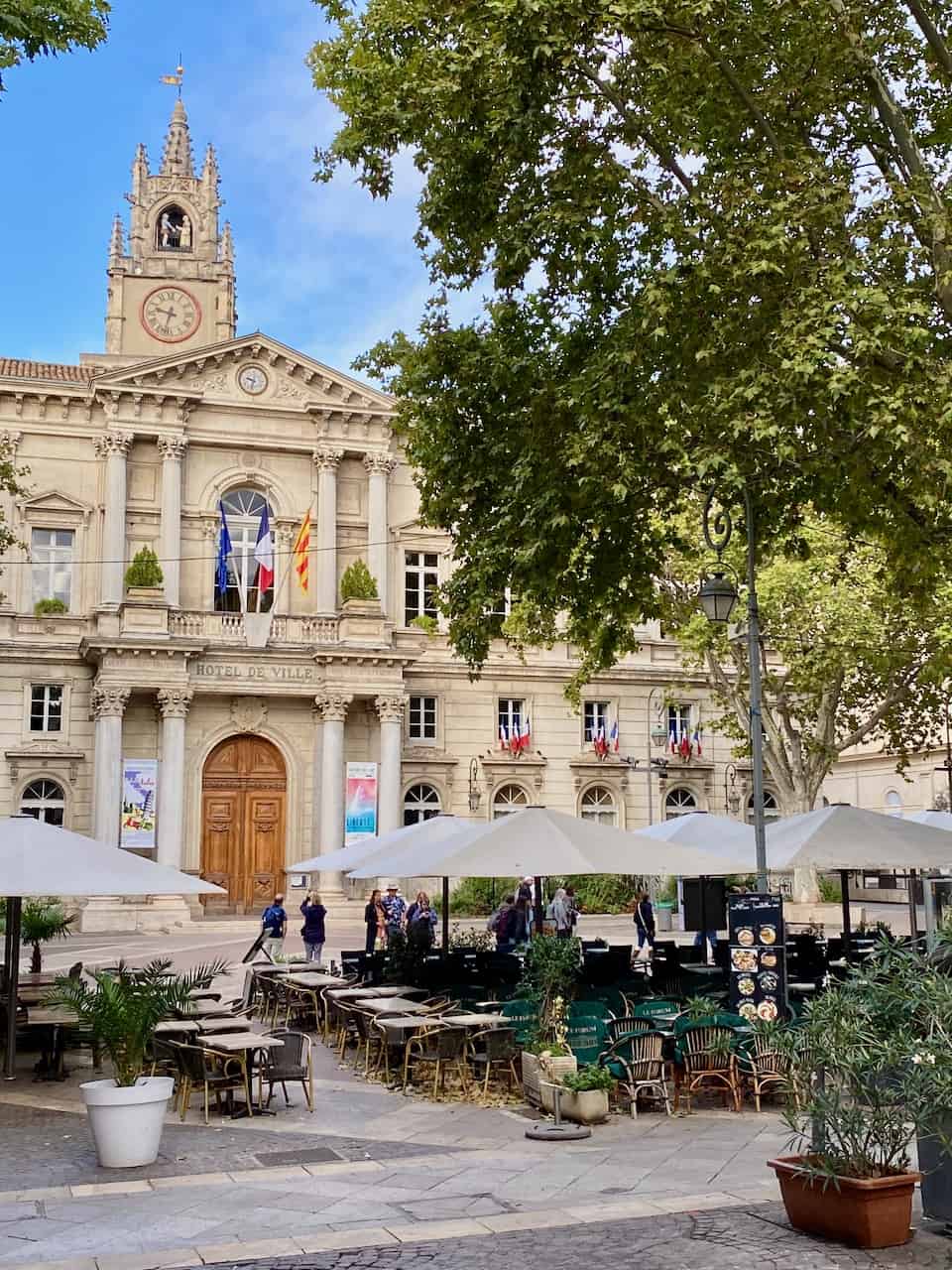
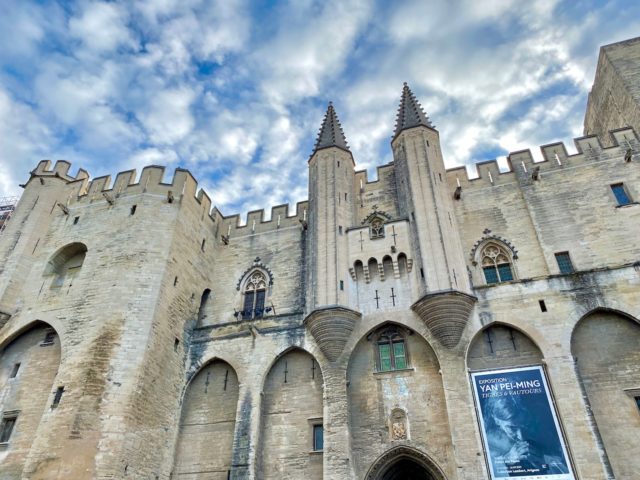
Arguably the top attraction in Avignon is the 14th century Pope’s Palace, one of the largest medieval Gothic structures in Europe. Other things to do in Avignon include:
- wandering around the gorgeous streets of the old town
- visiting Pont d’Avignon
- exploring Place de l’Horloge, a beautiful square lined by trees and cafés, and location of the City Hall (Hôtel de Ville) and Opera House
- visiting the Les Halles covered market
- strolling along Rue Teinturiers, a centuries-old street that runs along a canal with watermills
- read my post about things to see in Avignon (includes a suggested walking route)
- join an Avignon walking tour that also includes entrance to the Pope’s Palace.
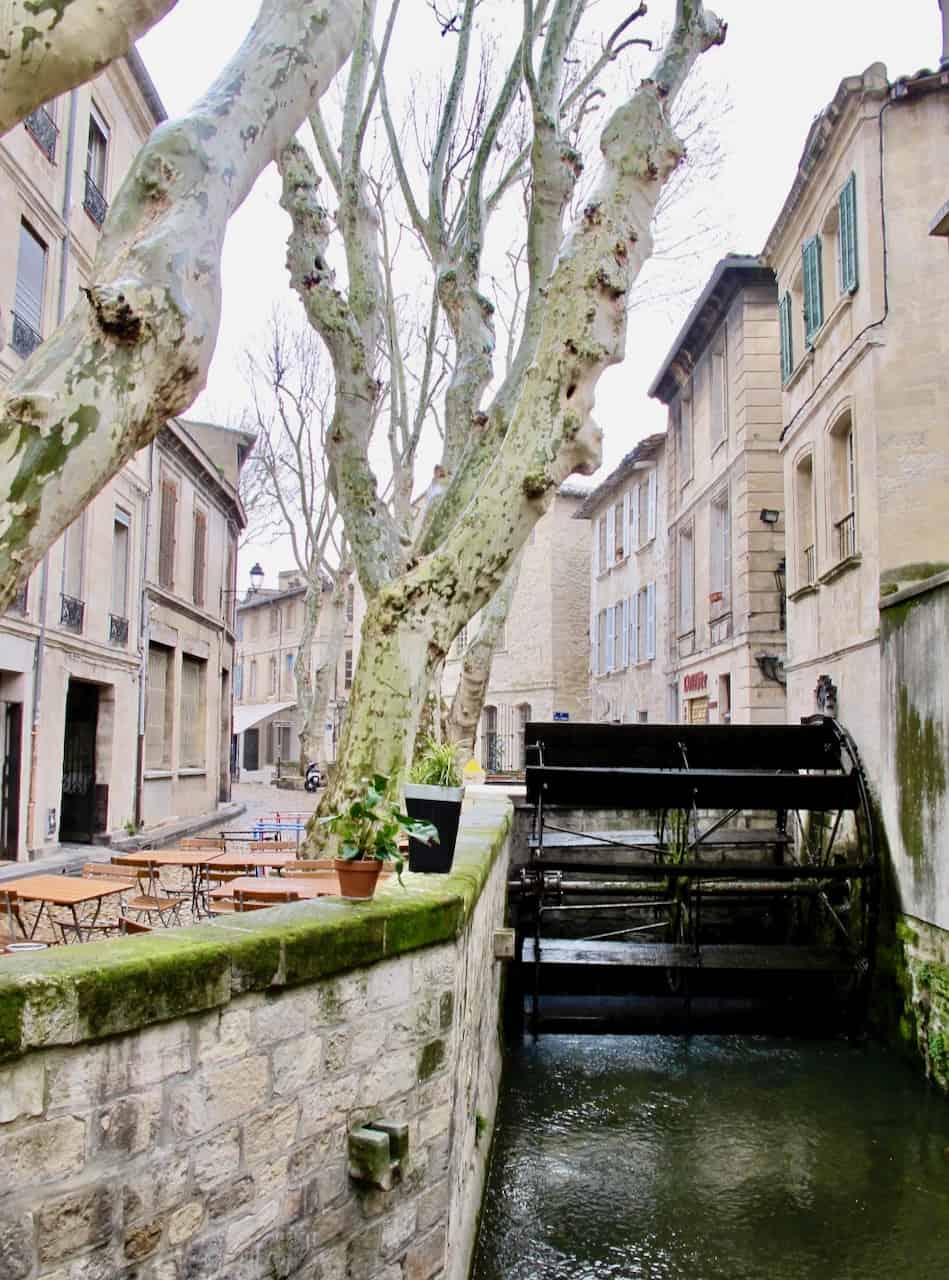
I recommend having a meal at the delightful Restaurant L’Épicerie Avignon in the old town next to Basilique Saint-Pierre.
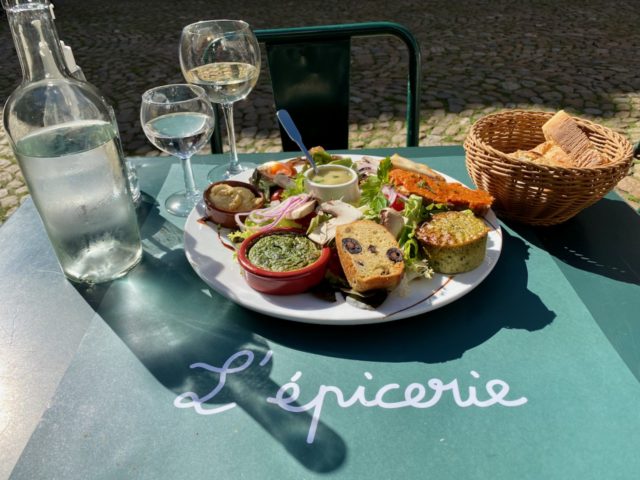
Châteauneuf-du-Pape
A day trip from Avignon I can recommend is to the famous Châteauneuf-du-Pape wine region, just 30-minutes away. Read my post about a day trip to Châteauneuf-du-Pape.
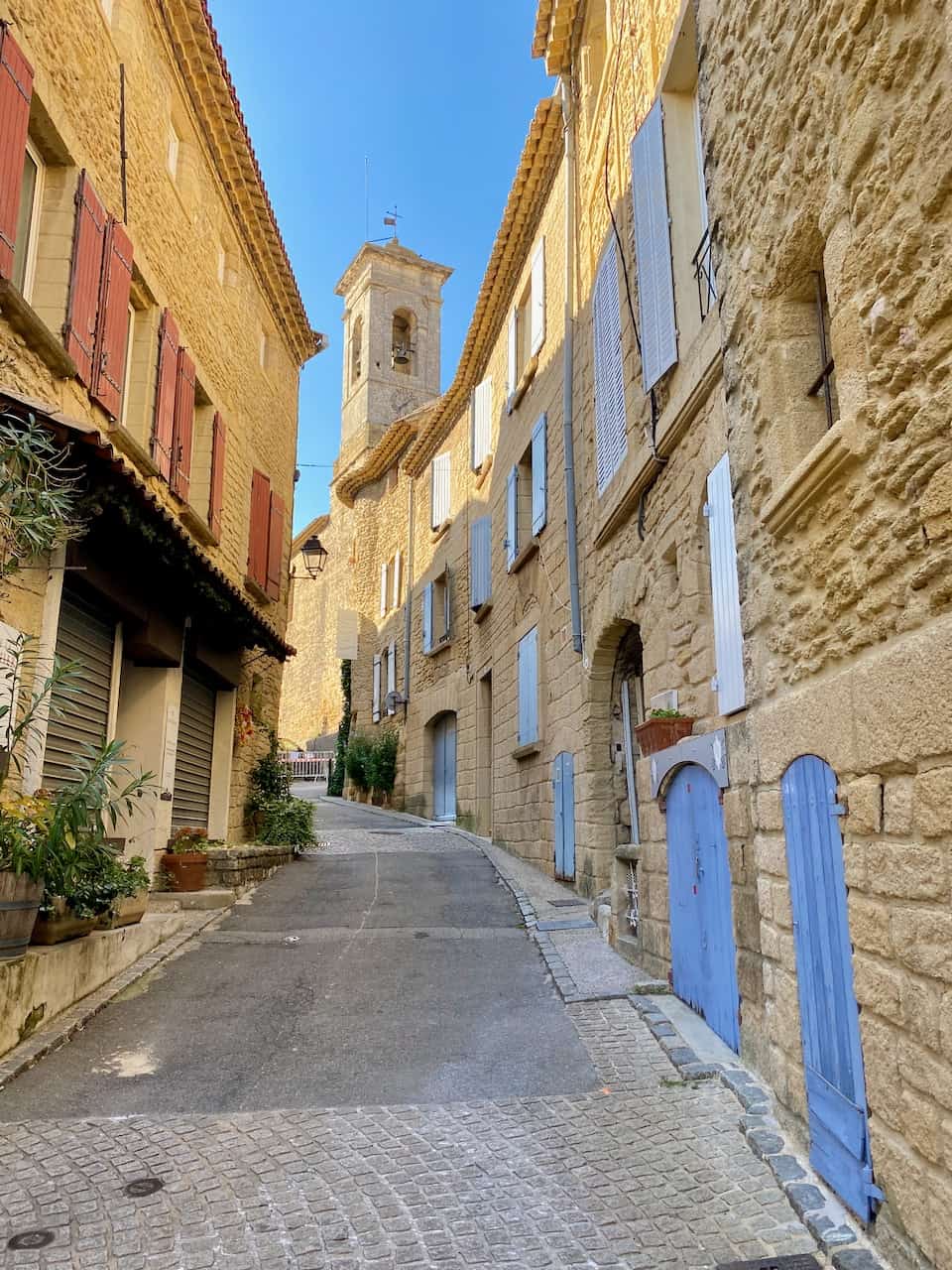
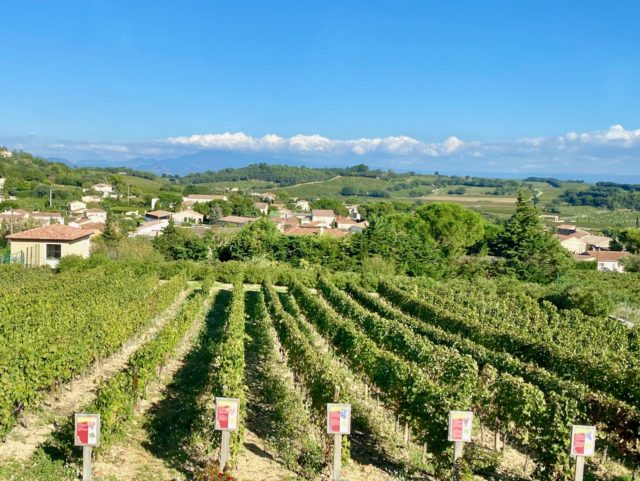
Aix-en-Provence
This university city, about 30km north of Marseille, is another historic city that’s absolutely worth a visit. A former capital of Provence and the birthplace of Paul Cézanne, Aix is a city of stately buildings, tree-lined boulevards and bustling squares.
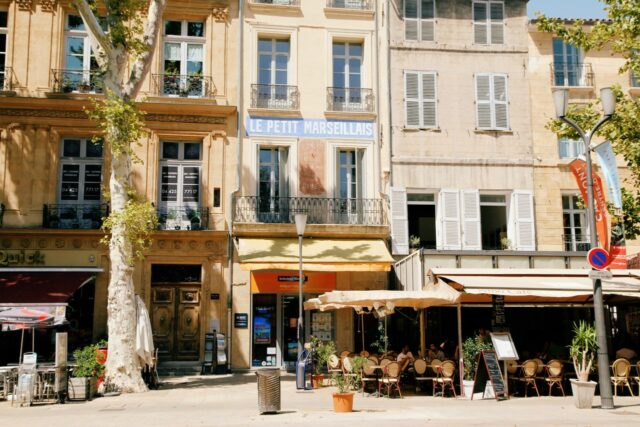
It’s a compact city, making it easy to explore on foot. Some of the top things to do in Aix include:
- explore the old town with its stunning Baroque architecture and many fountains
- visit Atelier Cézanne, the former home/studio of this famous painter or join a
- stroll along Cours Mirabeau, the city’s main boulevard, with its beautiful buildings, fountains and designer stores
- visit Musée Granet, an art museum with an impressive collection
- browse around the open market – one of the best in Provence (every Tuesday, Thursday and Friday mornings). During market days, the streets, such as Cours Mirabeau, are closed off and vendors take over
- have a coffee at Place de l’Hôtel de Ville, with its colourful flower market
- taste an Aix specialty: calisson (a marzipan-like sweet made of candied fruits and ground almonds and covered with a layer of royal icing)
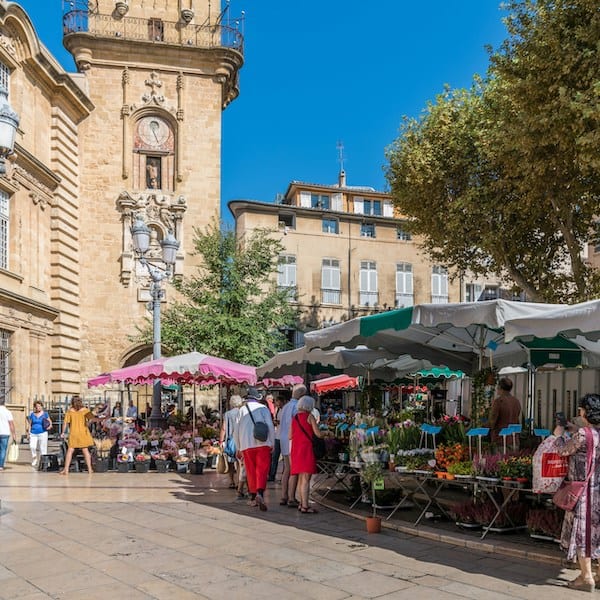
Luberon
Should you have more time, I can also recommend exploring the Luberon area, with its stunning hilltop villages such as Gordes, Roussillon and Lourmarin.
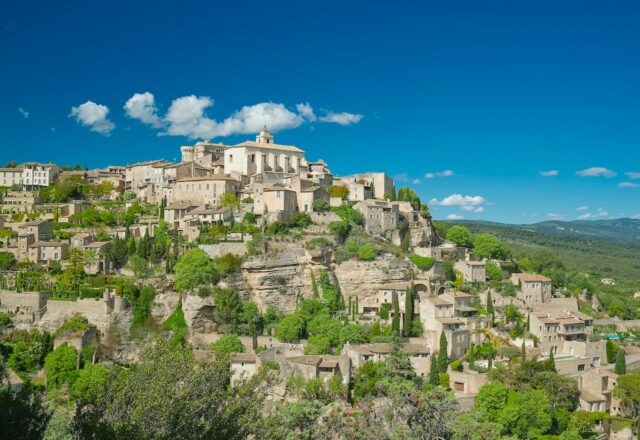
Arles
Famous for its Roman monuments, Van Gogh heritage and charming lanes, Arles is another must-visit in this part of Provence. Don’t miss visiting the Roman Amphitheatre and adjacent Theatre, as well as other ancient Roman structures such as the Cryptoporticus and Baths of Constantine. The Place de la Republique, the city’s main square, with its 4th century obelisk, is also worth a visit.
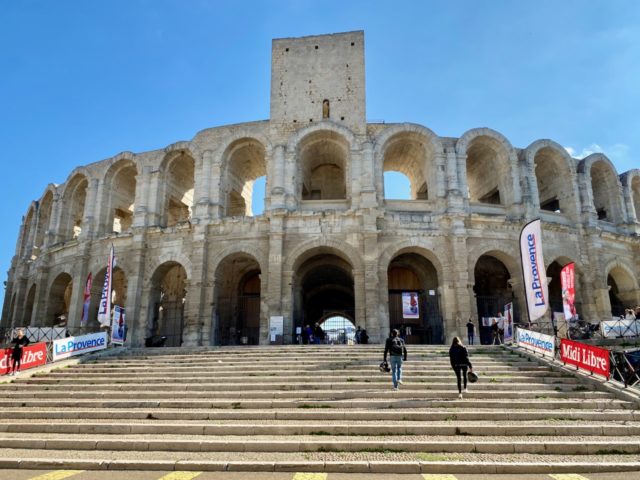
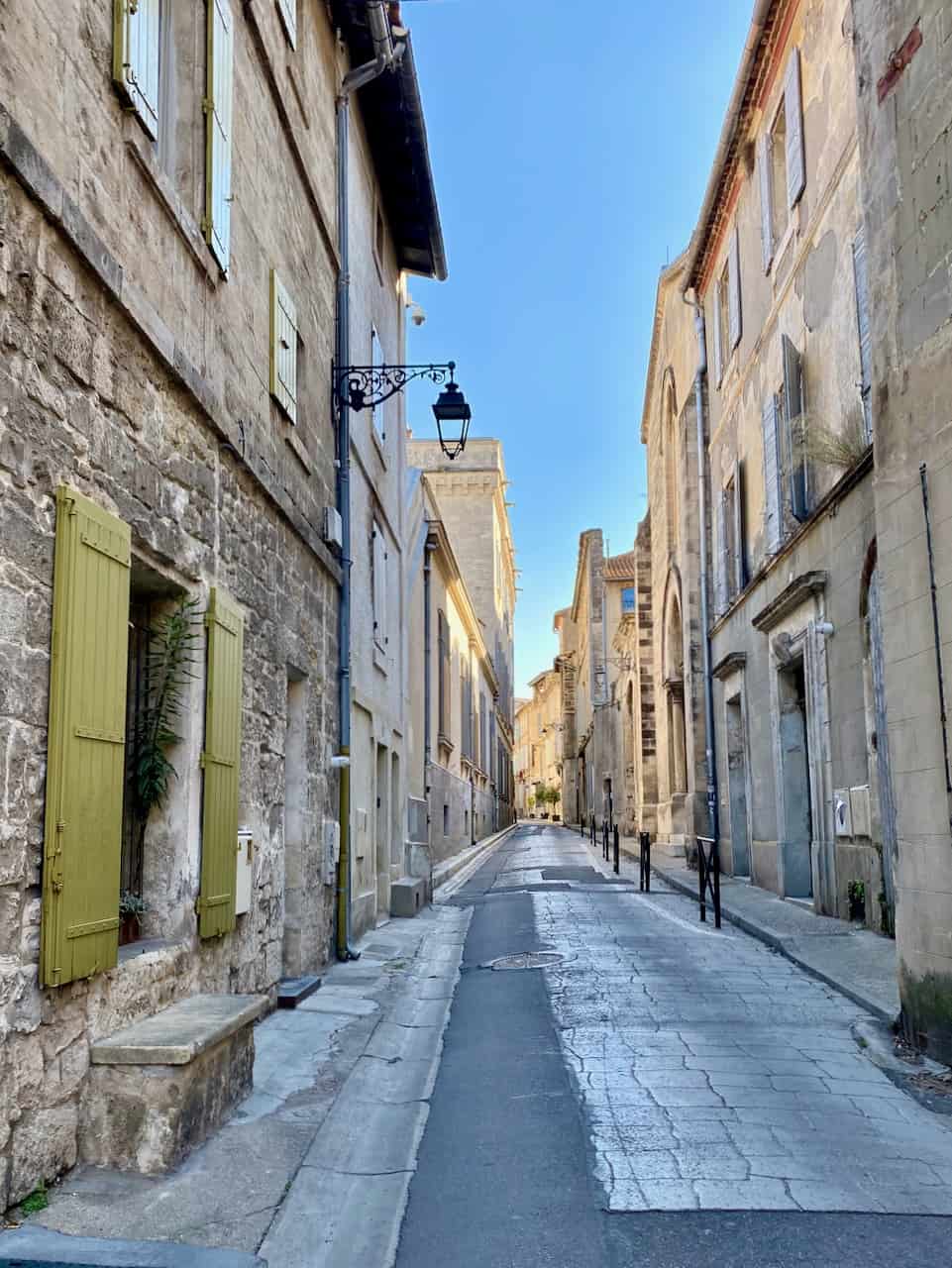
I also suggest visiting the Fondation Vincent Van Gogh, a museum with works by the famous artist as well of those inspired by him. If you’re a fan of modern art and architecture, head to LUMA, a modern art centre designed by Frank Gehry. The striking glass and steel tower was inspired by the works of Van Gogh.
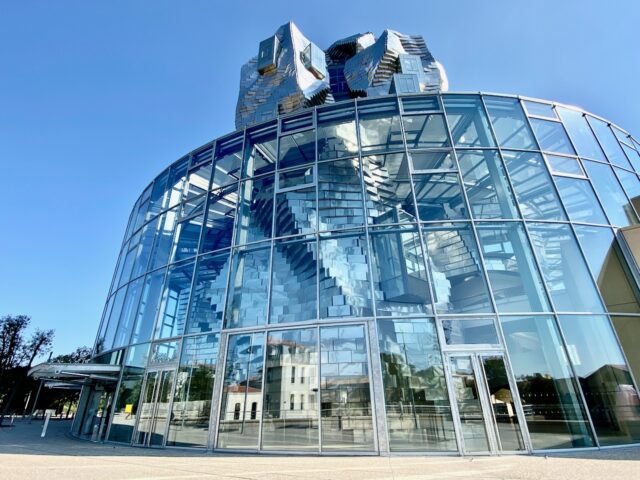
Les Baux de Provence
A (half) day trip I can absolutely recommend is to the village of Les Baux de Provence (30-minute drive) and the extraordinary Carrières de Lumières, a multimedia art show inside an old stone quarry.
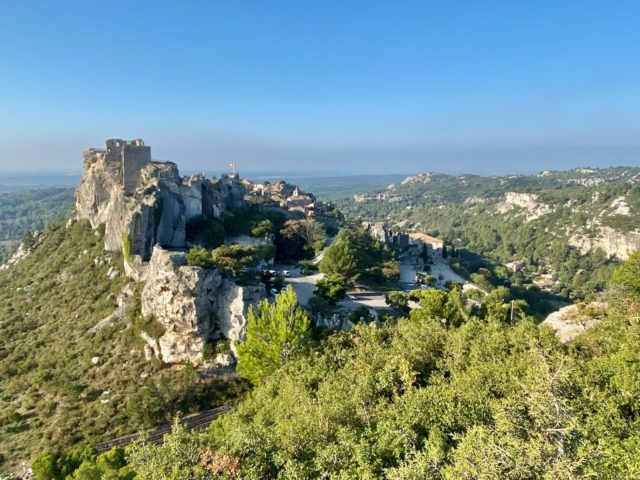

Saint-Remy-de-Provence
You can extend this trip to include Saint-Remy-de-Provence, a historic town with ties to Van Gogh – some of his most famous paintings were produced here and the surrounding area. In the outskirts of the town, you’ll find the Roman ruins of Glanum.
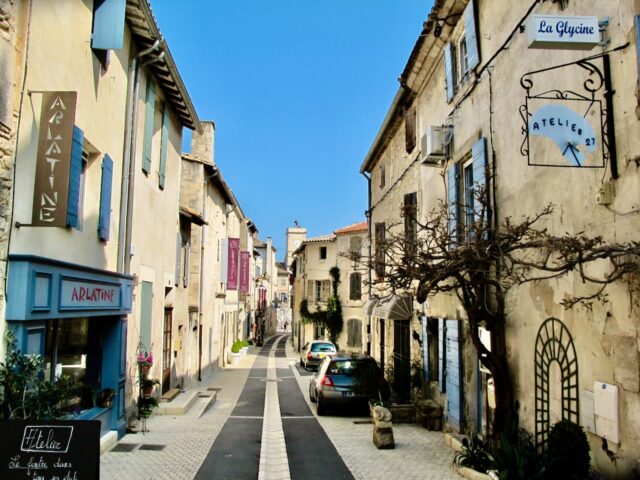

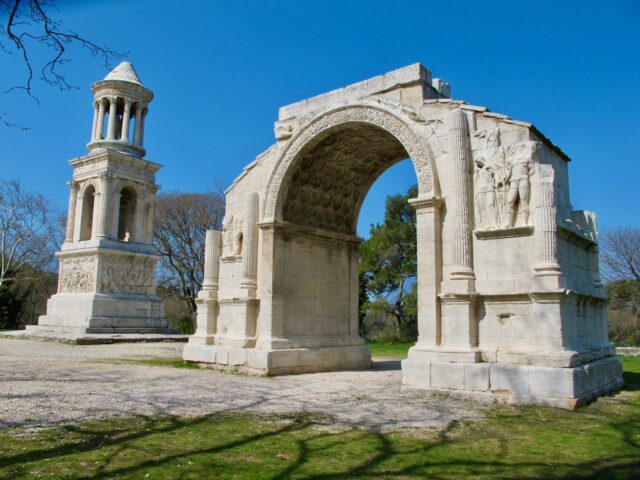

Marseille
Marseille is France’s second-largest city and its oldest. Most tourists skip Marseille but it’s absolutely worthwhile to spend a day exploring the beautiful harbour and its surroundings. Don’t miss a wander around the lively Vieux Port, and visiting historic and cultural attractions such as the stunning Notre Dame de la Garde Basilica and the Cathedral. I also recommend walking around the atmospheric Le Panier neighbourhood. You can see all these highlights during a 4-hour guided walking tour.
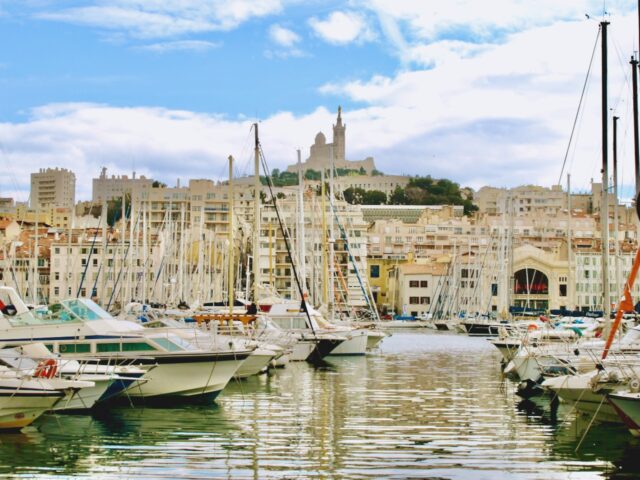
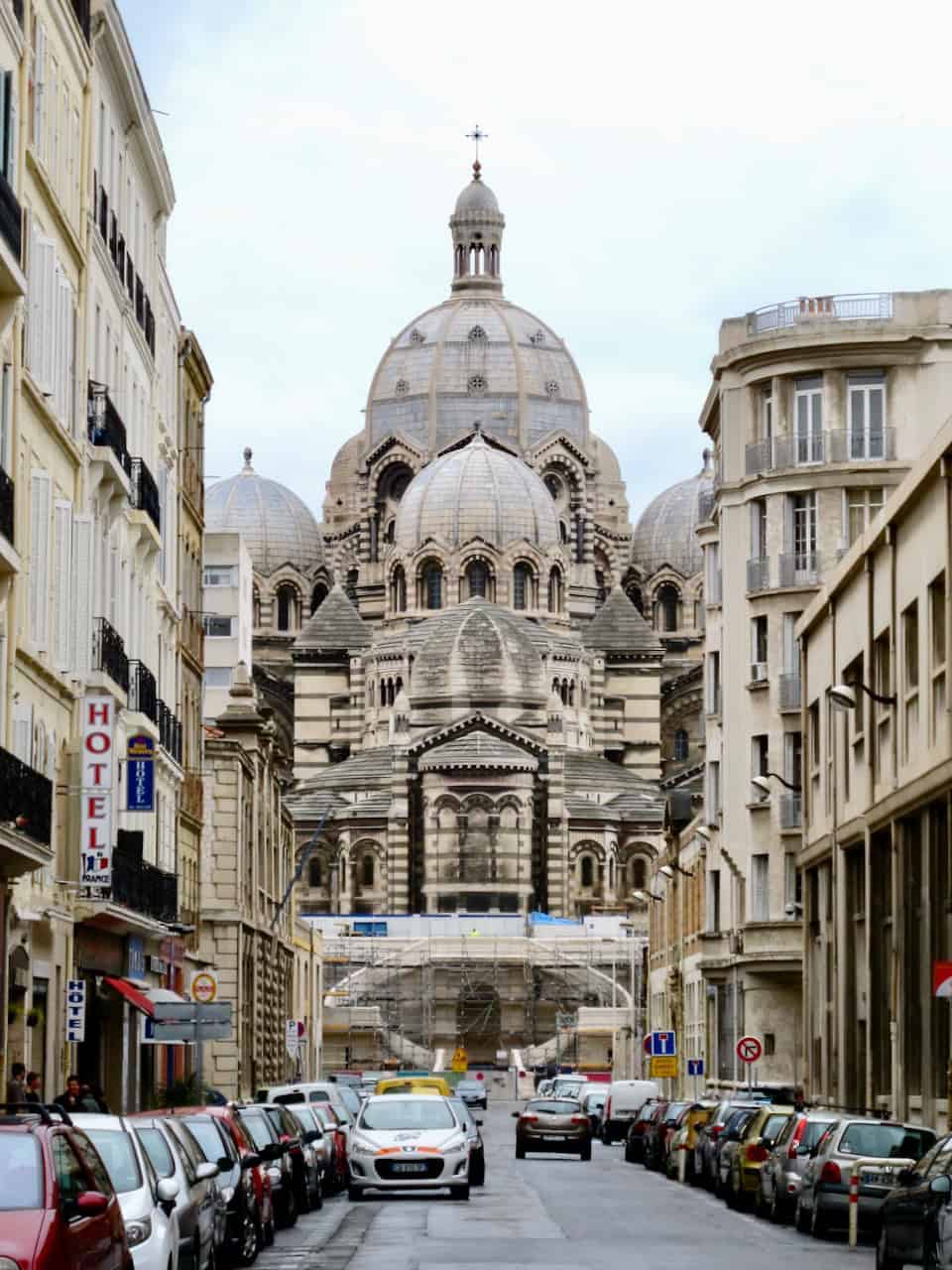
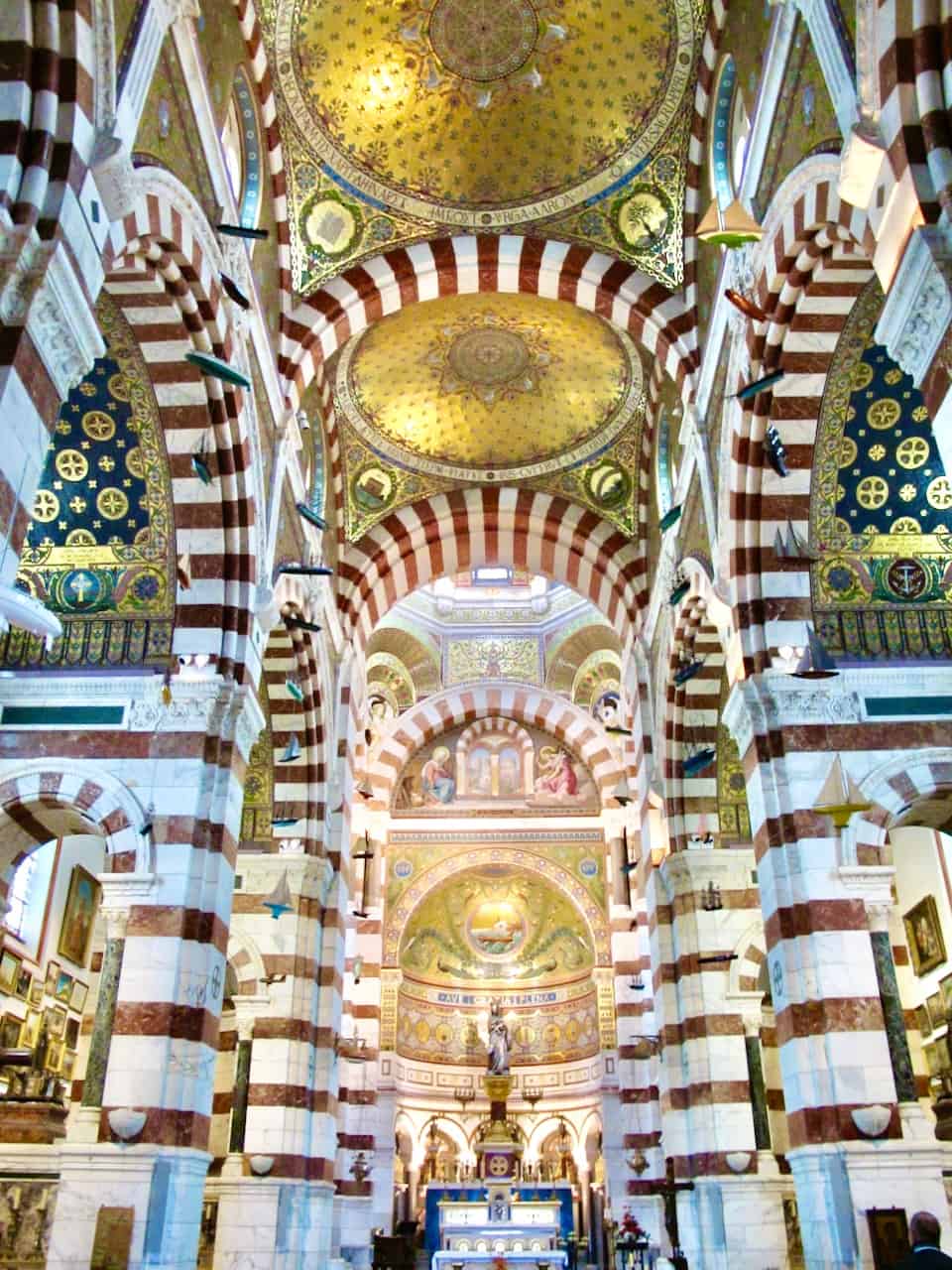
One dish you have to try in Marseille is bouillabaisse, a traditional Provençal fish soup that originated in Marseille. Read my post about things to see in Marseille. Search for accommodations in Marseille.
Self-drive 15-day South of France itinerary
This 14 night/15 day self-drive southern France itinerary covers the best places to visit in Occitanie and western Provence as described above. You can start the trip in Toulouse and follow the entire itinerary or concentrate on 1-2 areas, depending on your interests or the length of your stay, and end in Marseille.
I’ve included a suggested length of stay per place/area. The itinerary is as follows:
- Toulouse (2 nights)
- Foix (2 nights) and the French Pyrenees
- Carcasonne (1 night)
- Narbonne – Béziers (3 nights) – stay 3 nights in or around these cities
- Montpellier (2 nights)
- Nîmes – Avignon – Arles (3 nights) – stay 3 nights in or around these cities
- Marseille (1 night)
Car hire
If you’re hiring a car, I recommend picking up the car after your sightseeing in Toulouse. At the end of this road trip, I suggest dropping the car off at Marseille Airport or in the city centre before you tour the city.

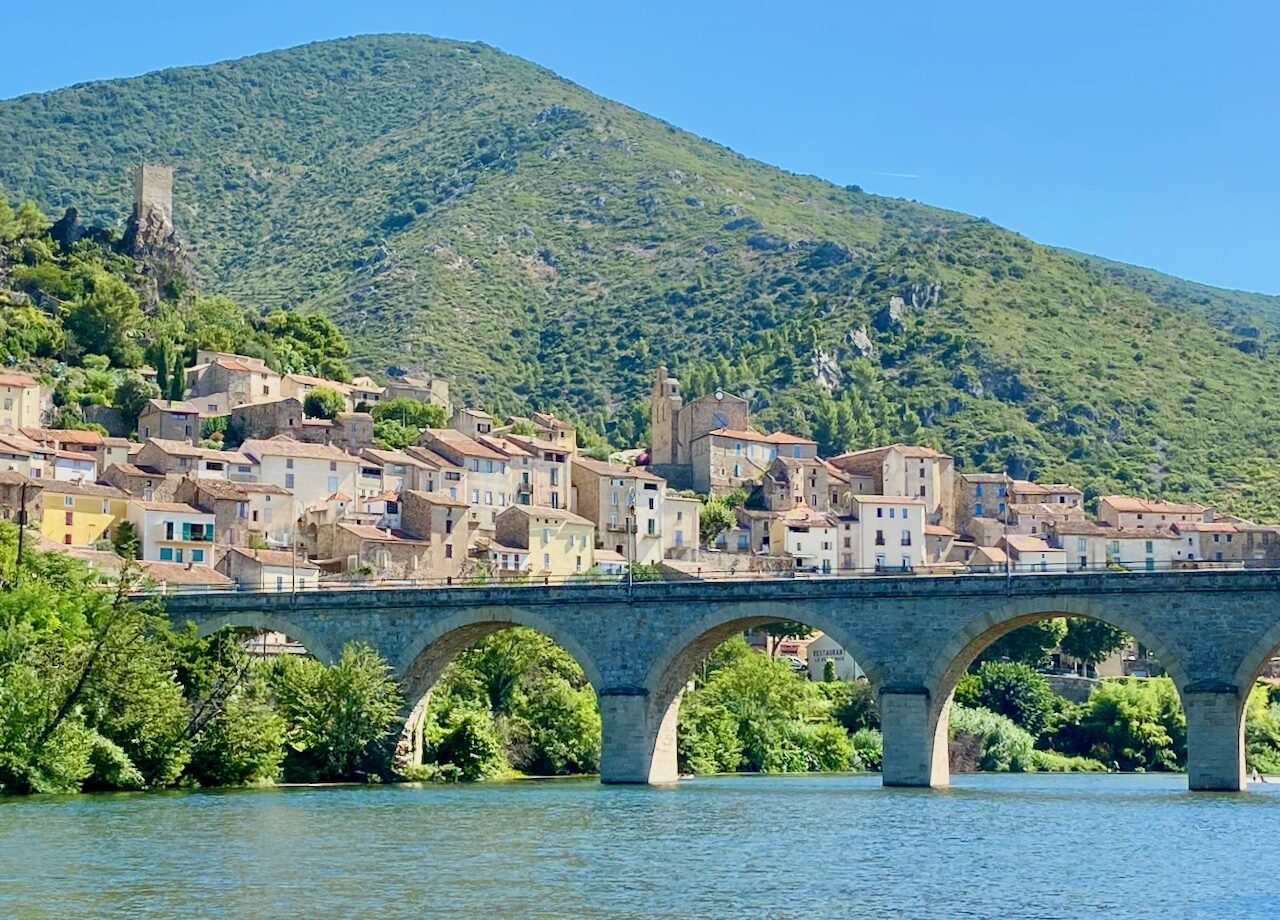
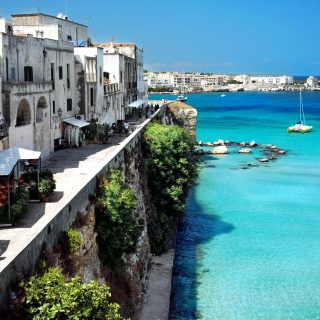
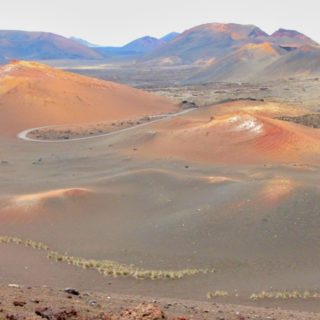
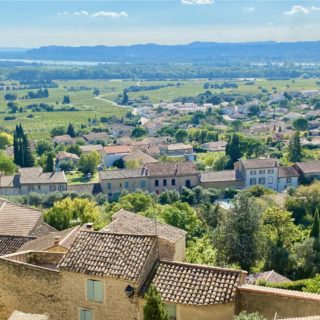
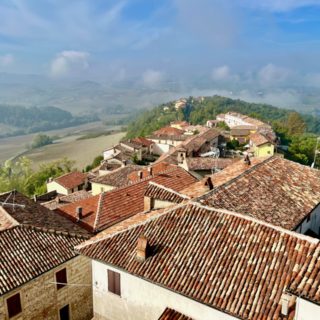






Thanks Lyn! I’m glad to hear it!
Cheers,
Keith
Great post, Keith! You’ve included lots of very helpful and practical advice. I have explored much of Provence, visiting many of the same places, but this has inspired me to return and explore other areas.
Lyn | http://www.ramblynjazz.com
I personaly like this blog Keith!! I never travel like this but will definitely try.
What a great article Keith. So nice to see back places I visited too. Stunning places you pointed out.
Hi Debbie,
Thanks for your comment! I’m really happy to hear that my article was helpful to you. 🙂
Cheers,
Keith
Just planning the Occitanie portion of our 3 1/2 week adventure to the South of France (Nice to Luberon to Occitanie/Pézenas/base to Dordogne/Sarlat/base to Bordeau).
Thank you/Merci for sharing your travel article – helpful; concise; informative!!
Thank you Rob for your comment! Glad you enjoyed this article. 🙂
What a great article Keith. So nice to see back places I visited too. Stunning places you pointed out, merci beaucoup!